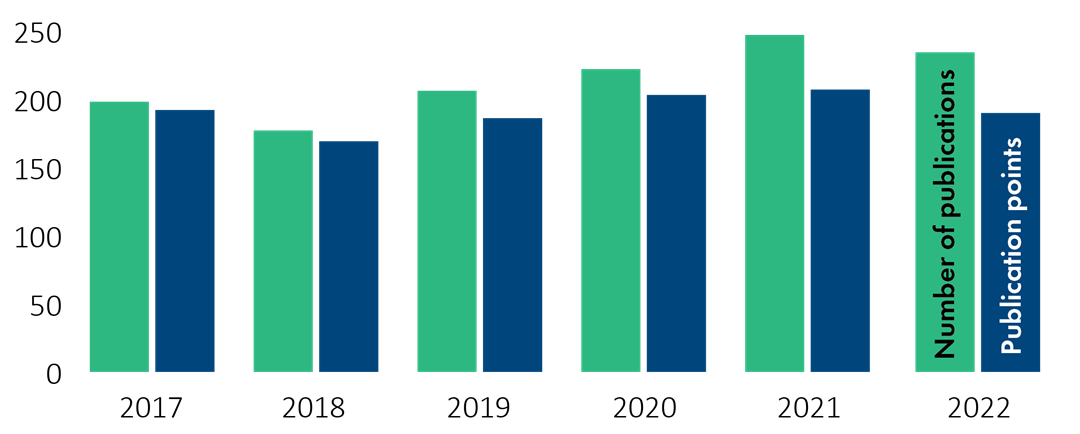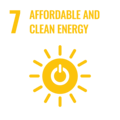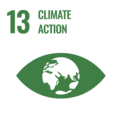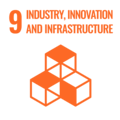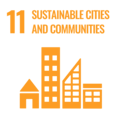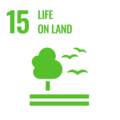We shape the future's sustainable energy solutions
Who we are and what we do
SINTEF Energy Research is an institute for applied research, dedicated to creating innovative energy solutions. We specialise in cutting-edge, research-based knowledge and infrastructure both in Norway and internationally, with the aim of providing our clients with solutions and services that increase their value and strengthen their competitive ability.
OWNERSHIP | BOARD OF DIRECTORS | ARTICLES OF ASSOCIATION
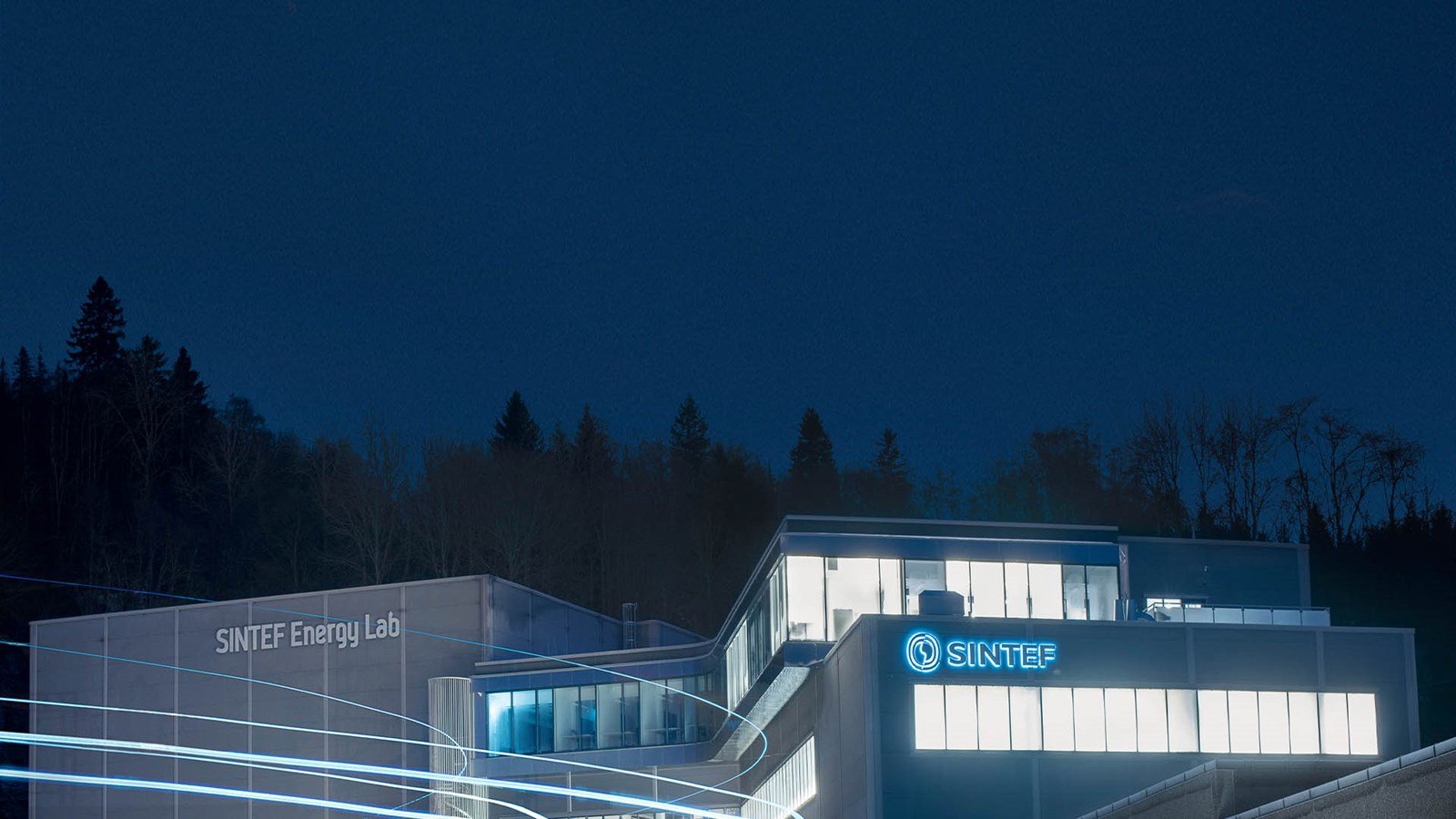
SINTEF Energy Research has a significant international research activity, particularly in Europe.
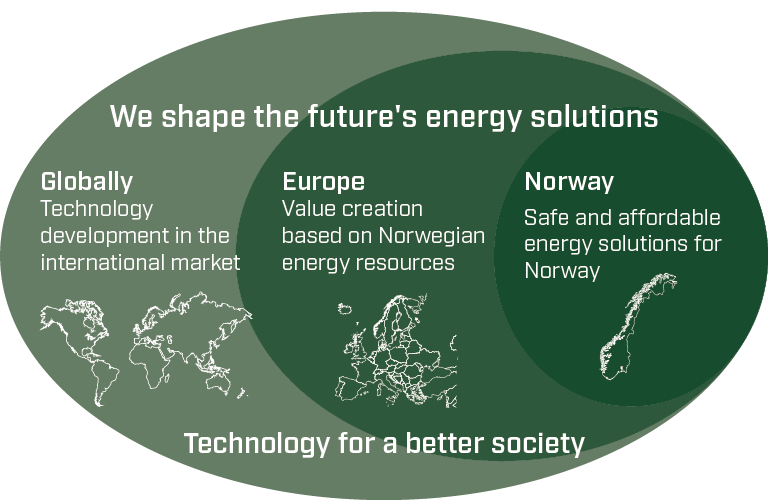
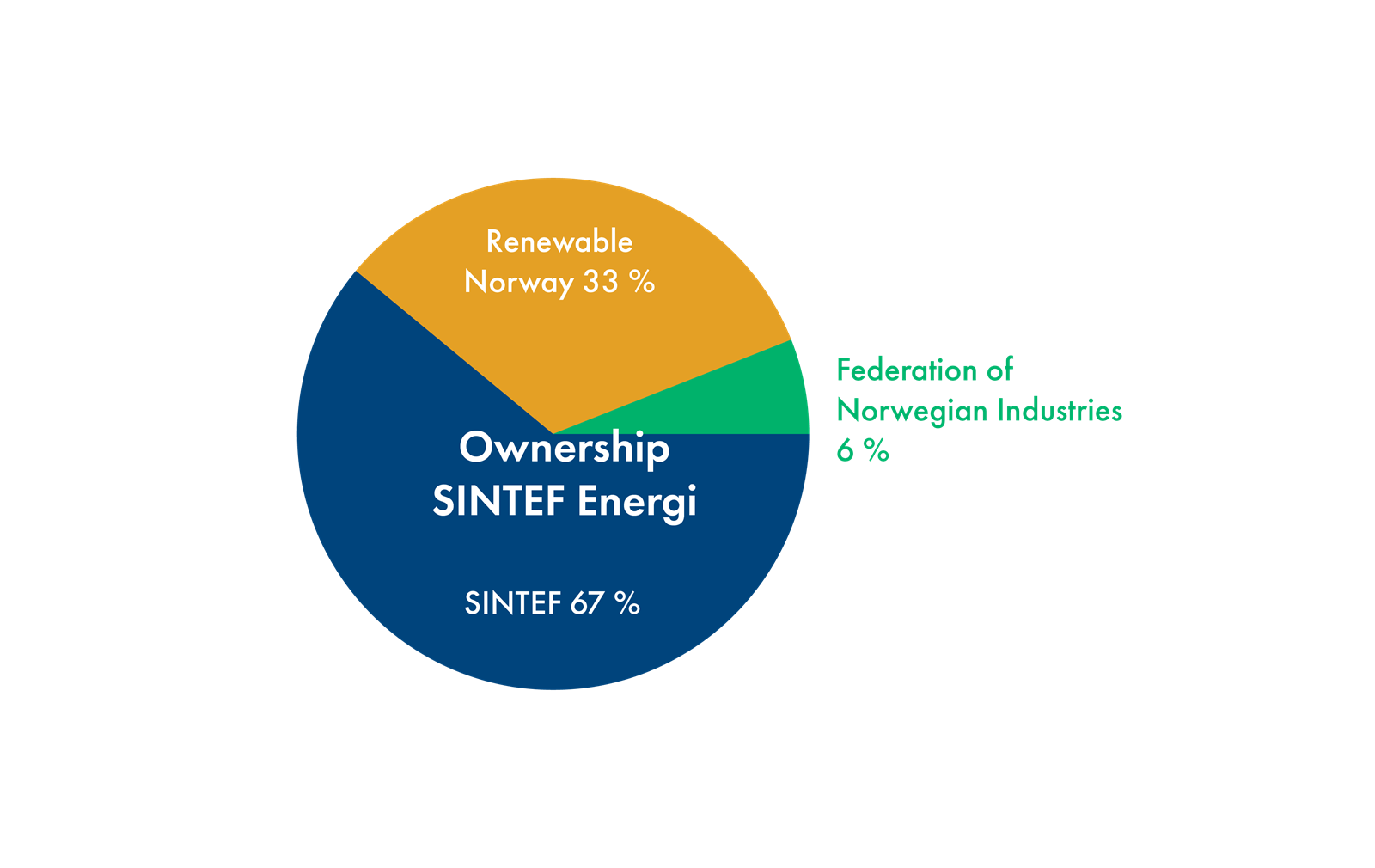
- Alexandra Bech Gjørv
(Chairman of the board), Senior Executive Vice President (Deputy CEO), SINTEF - Geir Kulås, EVP Renewable Power in Skagerak Energi
- Bård Standal, Deputy CEO and director of Strategy & Energy Markets, Renewables Norway
- Ragnhild A. Katteland, CEO Nexans Norway
- Liv Monica Stubholt,
Partner, Law firm Selmer DA - Ingrid Schjølberg, Dean and professor
IE Faculty of Information Technology and Electrical Engineering, Norwegian University of Science and Technology (NTNU) - Olav Bolland, Dean
IV Faculty Administration Faculty of Engineering, Norwegian University of Science and Technology (NTNU) - Svend Tollak Munkejord
Chief Scientist, Employees representative - Maren Istad, Research Scientist, Employees representative
- Gunnar Berg-Karlsen
Research Scientist, Employees representative
Articles of Association SINTEF Energi AS
"The Company is a non-profit organisation. The Company shall not pay dividends, acquire its own shares, implement capital reductions by paying dividends to shareholders, or in any other way make distributions to shareholders. Any profits generated by the Company's activities will be allocated solely for the purpose of fulfilling the Company's objectives."
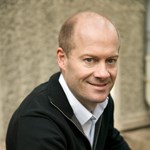
A steady course in turbulent times
2022 was a good year for SINTEF Energy Research, both scientifically and financially. Despite a turbulent world, characterised by a global pandemic and war, we have managed to adapt and maintain our strong commitment to ensuring safe, sustainable energy at a reasonable cost.

Highlights from 2022
Many things happen throughout an entire year. We initiate new research projects and collaborations, organise and participate in conferences, and welcome visitors to our laboratories. Our research scientists receive awards and appointments, they communicate their research and engage in societal discussions through various channels. Click on the right arrow to get a glimpse of some of the events that took place at SINTEF Energy Research in 2022.
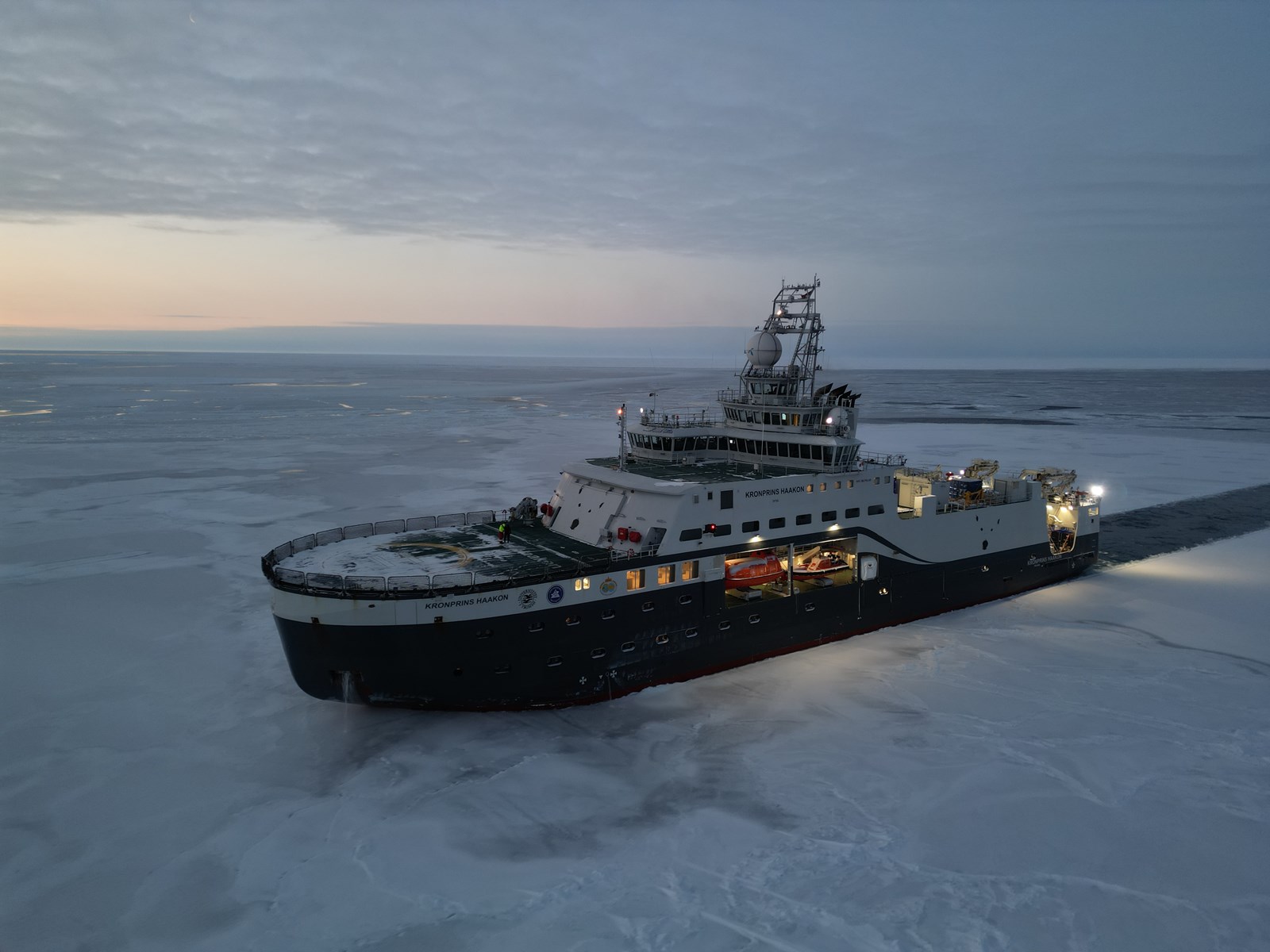
EERA DeepWind
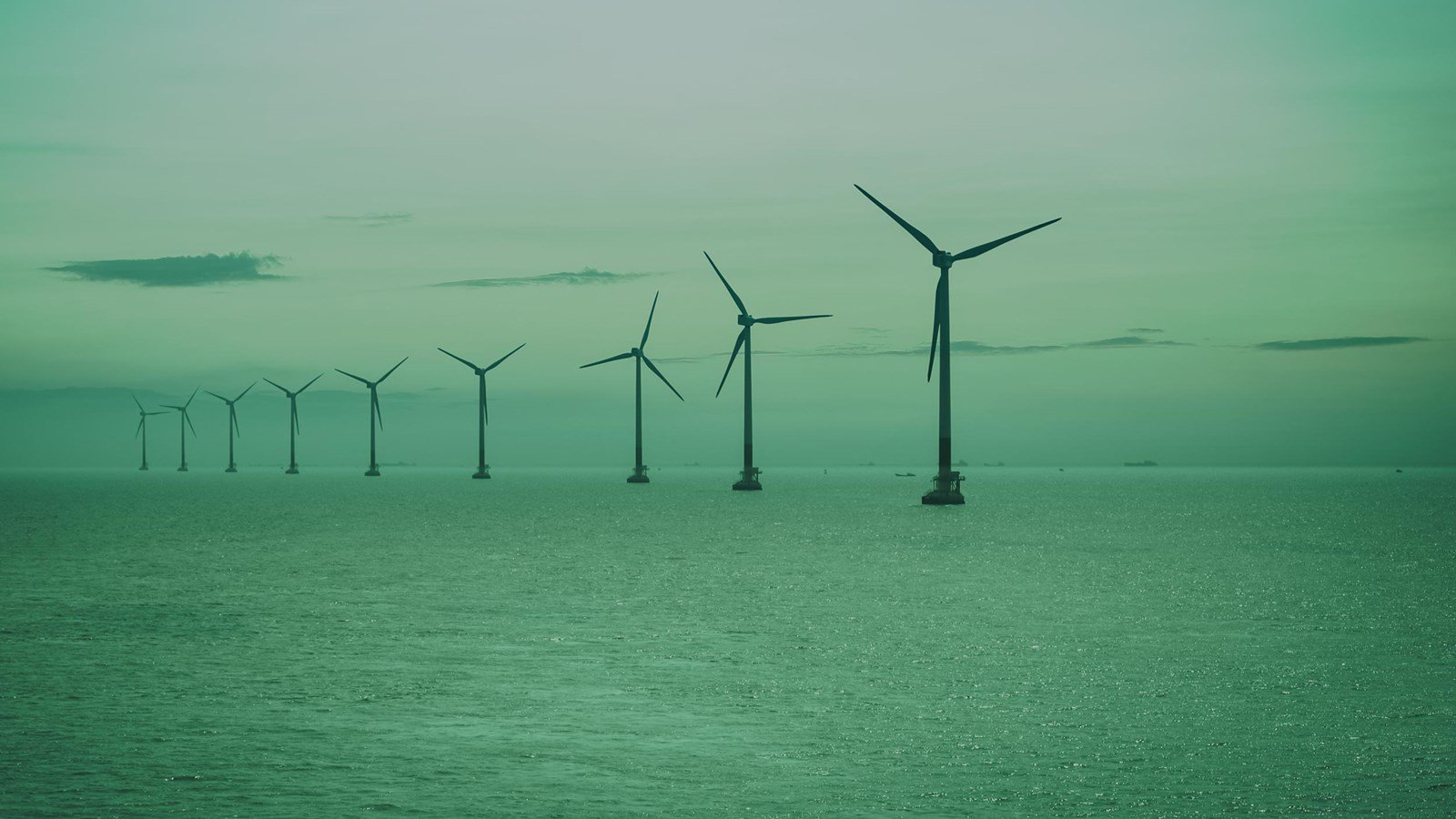
BEST-project
In January, the EU project BEST (Batteries Europe Secretariat) received support to continue bolstering the European battery ecosystem through the Batteries Europe (ETIP) network. Research scientists from both SINTEF Industry and SINTEF Energy are behind this initiative, taking on leadership roles and coordinating the technical work within ETIP.
SINTEF's Edel Sheridan will lead the technical activities within Batteries Europe, which were recently awarded funding.
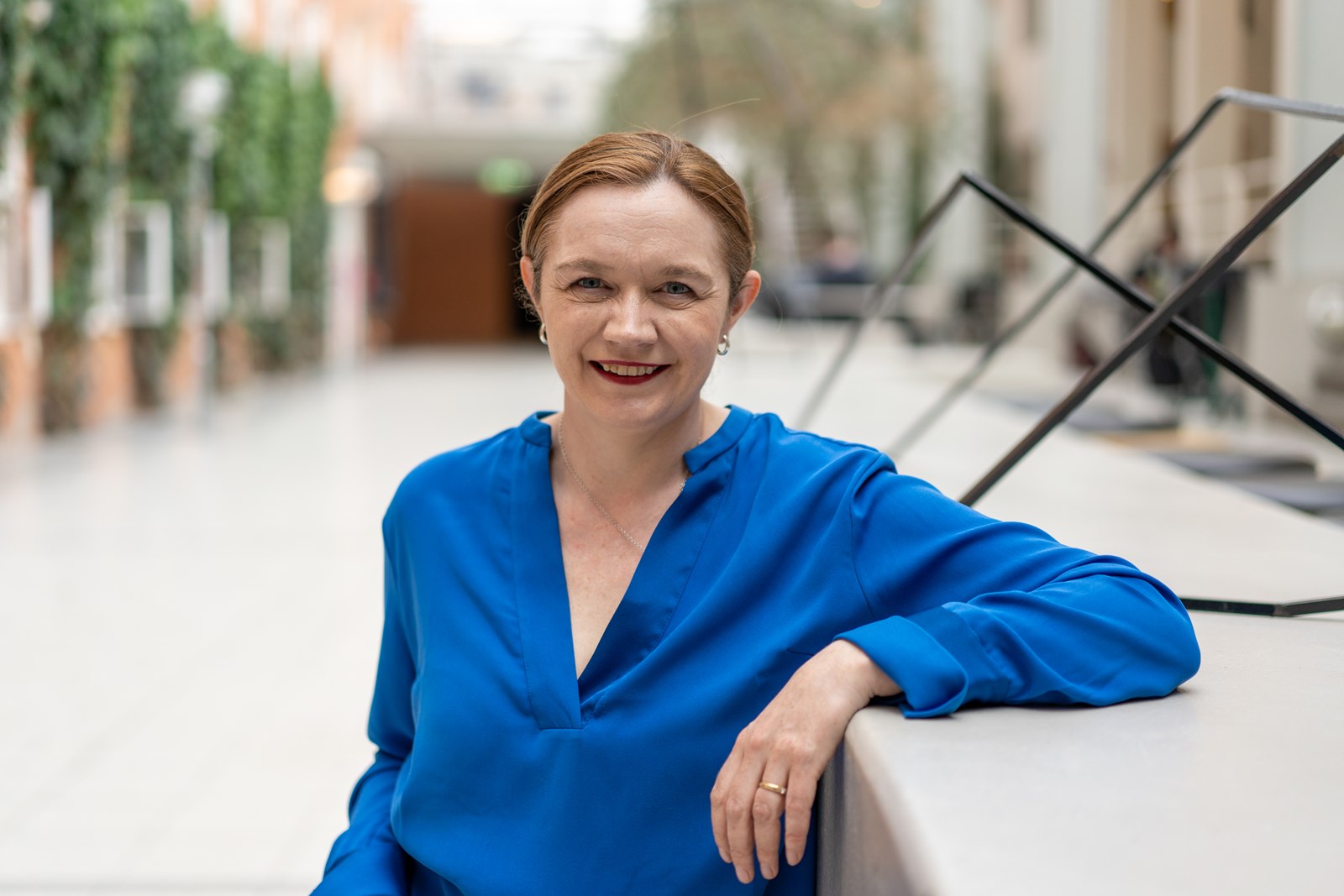
ClimaGreen project
A new project between Norway and Romania aims to provide sustainable greenhouses. Energy-efficient climate control of a greenhouse for increased productivity (ClimaGreen) is an interdisciplinary research project with the goal of extending the growing season and enhancing productivity in a Romanian research greenhouse by optimising indoor climatic conditions.
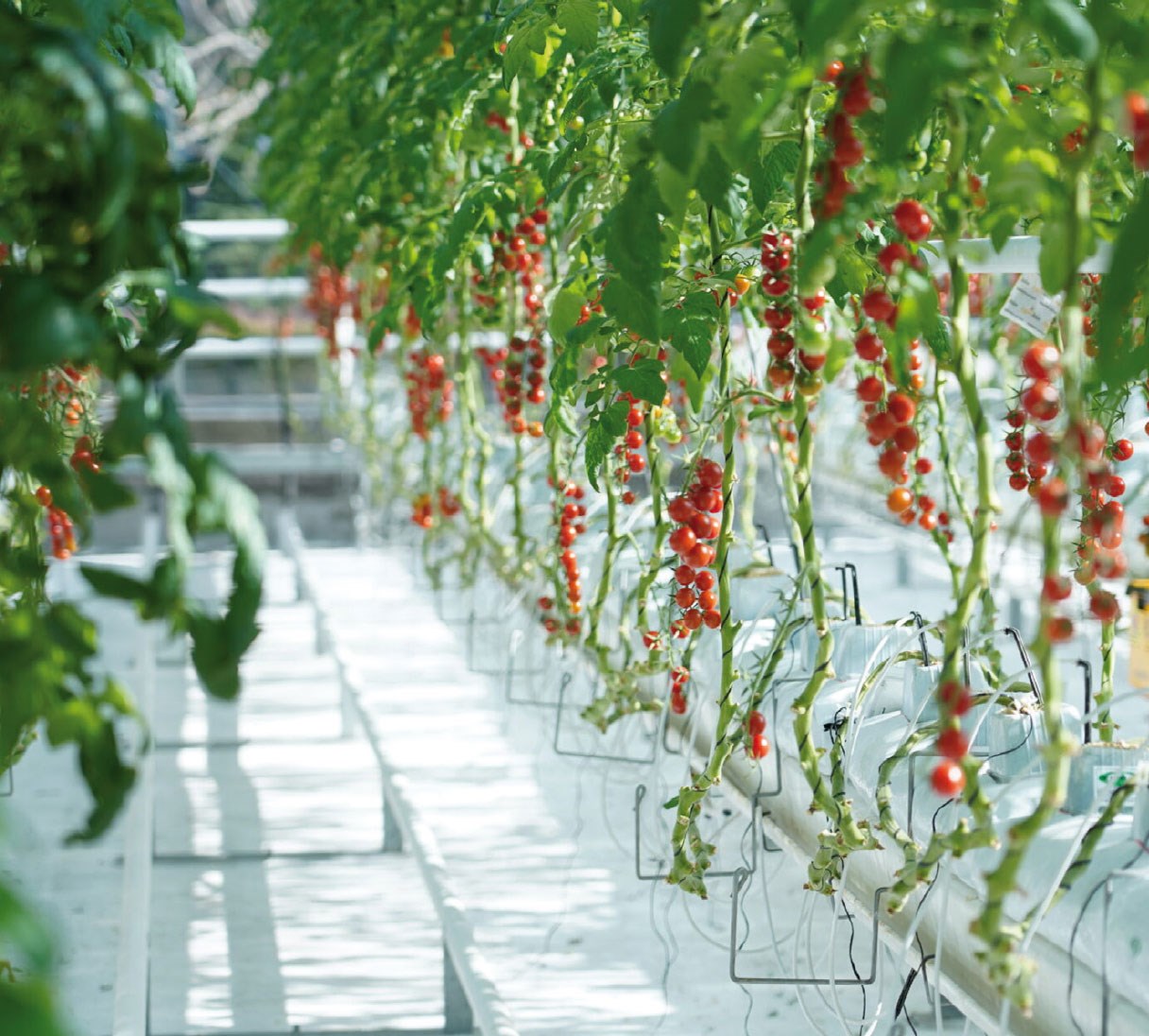
Tech-woman 2022
Mona Mølnvik is the Research Director at SINTEF Energy Research and was named one of Norway's top 50 leading tech women in 2022. Mona Mølnvik leads, among other things, the "Norwegian CCS Research Centre" (NCCS), which is the world's largest research project in the field of CCS (Carbon Capture and Storage).

Hydropower development in Nepal
In Nepal, only 70 percent of the population has access to the public power grid. With the assistance of SINTEF research scientists, efforts are being made to provide more people with reliable access to electricity while also preserving nature. Planned hydropower developments cover nearly all major rivers in the Himalayas, spanning countries like India, Nepal, Bhutan, Pakistan, and China. The World Bank is financing several of these projects while aiming to ensure that energy access does not lead to environmental degradation. The World Bank has asked SINTEF to formulate a set of measures and recommendations for authorities and hydropower developers.
From left to right: Ana Adeva-Bustos and Atle Harby from SINTEF, Mr. Dinesh Ghimire, Secretary (Ministry of Energy, Water Resources, and Irrigation), Mr. Pravin Aryal, Joint Secretary (Ministry of Energy, Water Resources, and Irrigation) from the Nepalese government.

Gemini Centre for Batteries
A new Gemini Centre for Batteries was officially opened on 28 April. The centre's objective is to enhance collaboration between SINTEF and NTNU in battery research and establish new relationships with various stakeholders in the battery value chain. Fride Vullum-Bruer leads the centre.
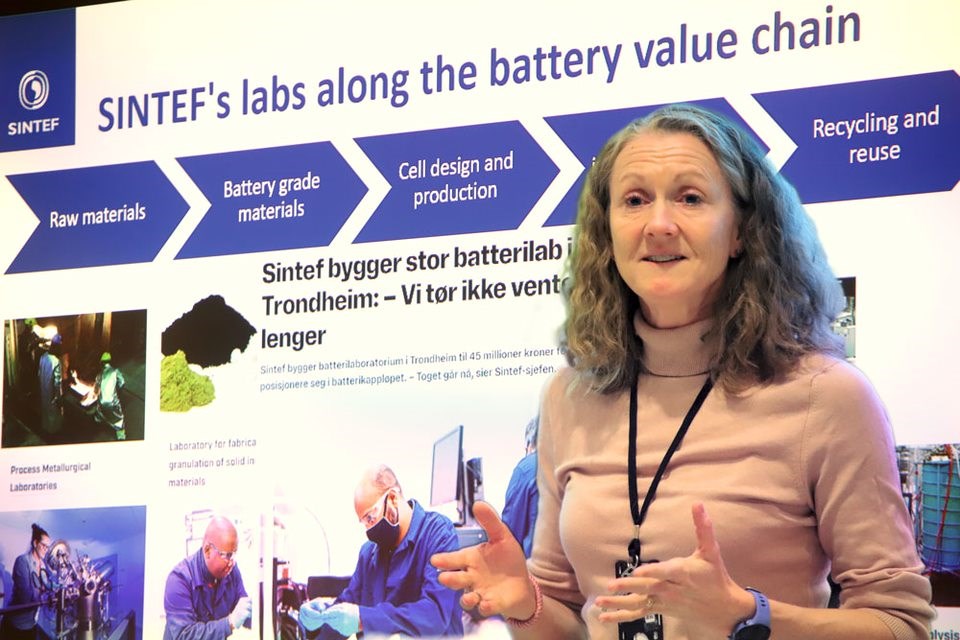
CCS-research for children
Research scientist Ingrid Snustad presented how CO₂ capture from sources like waste can remove CO₂ from the atmosphere to over 500 children at the Energy:Connected conference, on 25 May. The audience of over 500 consisted of 5th and 6th graders from the Oslo area. "I hope I provided the children with some understanding of what it means to be a research scientist and showcased the important work of NCCS. Maybe some of them can consider joining research in about ten years?" Snustad said after the event.
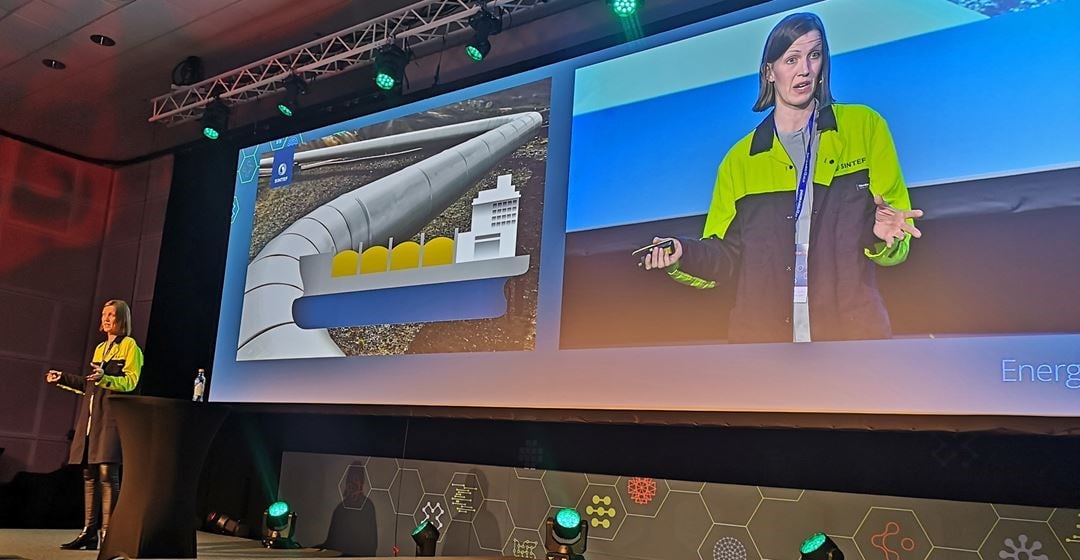
Opening of HighEFFLab
On 19 May, NTNU and SINTEF celebrated the opening of HighEFFLab, a new national research infrastructure for energy-efficient solutions. The research infrastructure of HighEFFLab is available to stakeholders from industry, research, and academia who are interested in experimental research on energy efficiency. The laboratories are funded through the Research Council of Norway's national initiative for research infrastructure (INFRASTRUKTUR).
From the opening of HighEFFLab: Inge Gran, CEO of SINTEF Energy Research, and Tor Grande, Vice Rector for Research, NTNU.
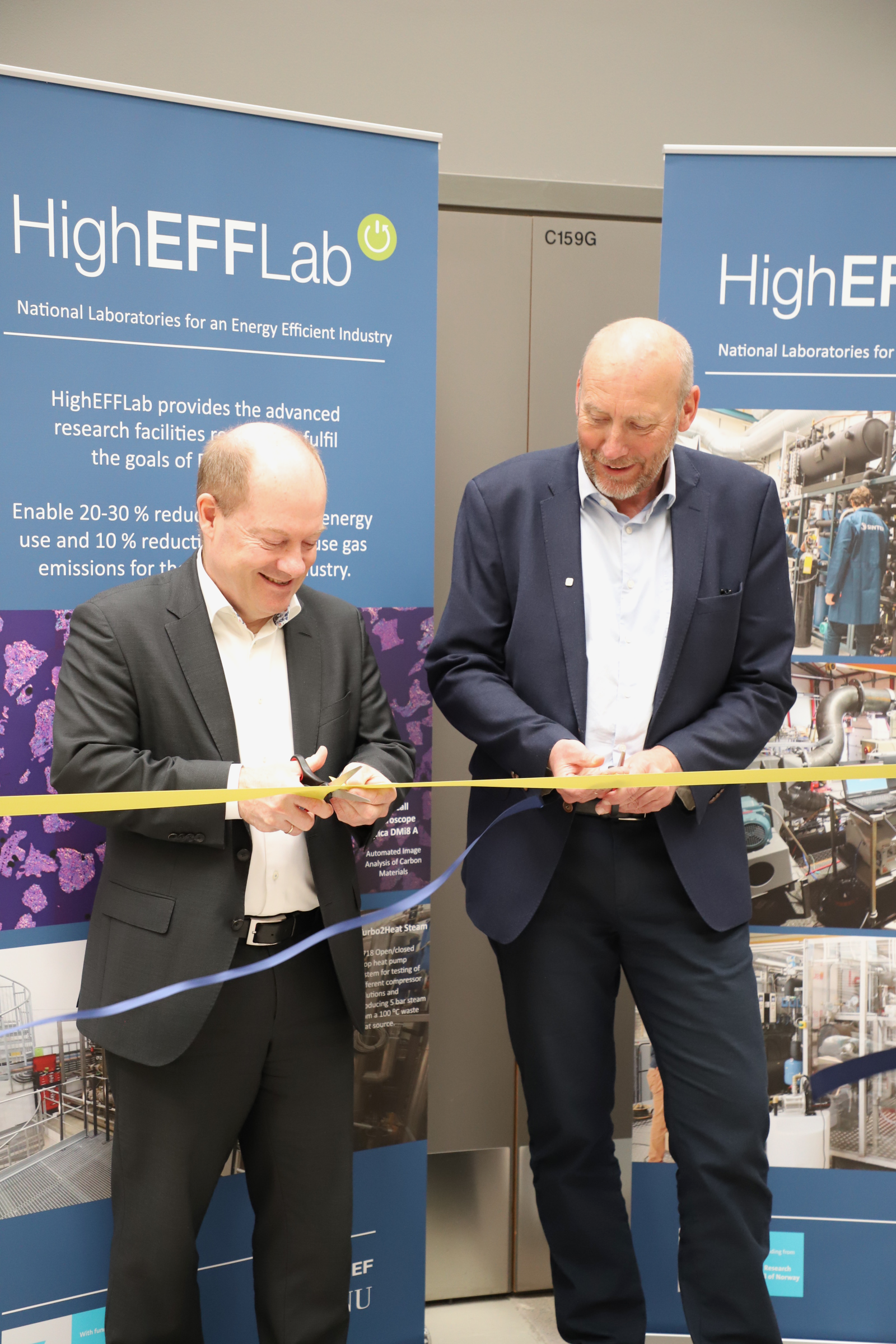
Chief Scientist Bjørn Gustavsen awarded
Chief Scientist Bjørn Gustavsen was awarded the Power Engineering Award for 2021 by the Norwegian National Committee of CIGRÉ. CIGRÉ was founded in Paris in 1931 and is a global network of 60 national committees in 90+ countries, with the aim of sharing and cultivating expertise in the power grid. The Power Engineering Award was established by the Norwegian Committee in 1990 to showcase Norwegian expertise in the power sector. The award ceremony took place at the Norwegian Academy of Science and Letters in Oslo in June. Bjørn Gustavsen receives the Power Engineering Award.
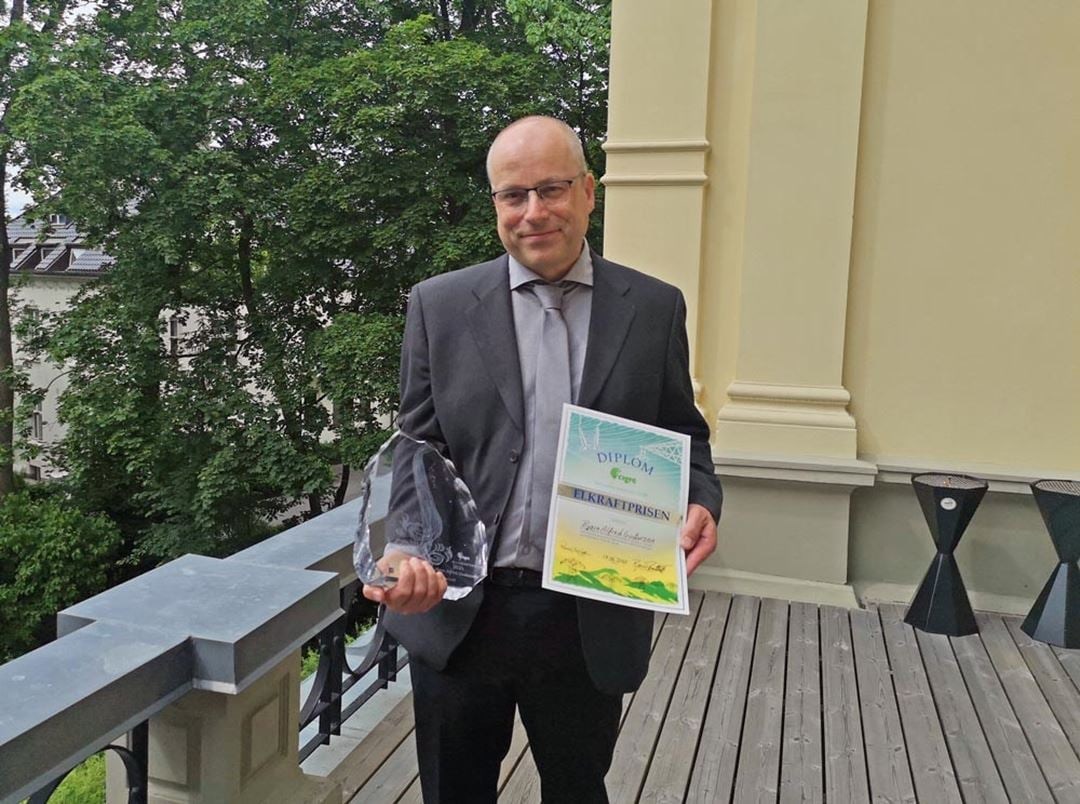
Summer scientists 2022
In 2022, SINTEF Energy Research had a total of 42 summer scientists, surpassing the previous record of 37. They were supported by 40 supervisors.
These students were primarily in their 3rd and 4th years of study and hailed from various countries including Norway, Belgium, Lithuania, the USA, and Nepal. The students had a wide range of academic backgrounds, covering fields such as industrial mathematics, renewable energy, technical physics, industrial cybernetics, energy and environment, physics and mathematics, nanotechnology, product development and production, mathematics, industrial chemistry, biotechnology, chemistry and environment, cybernetics and robotics.
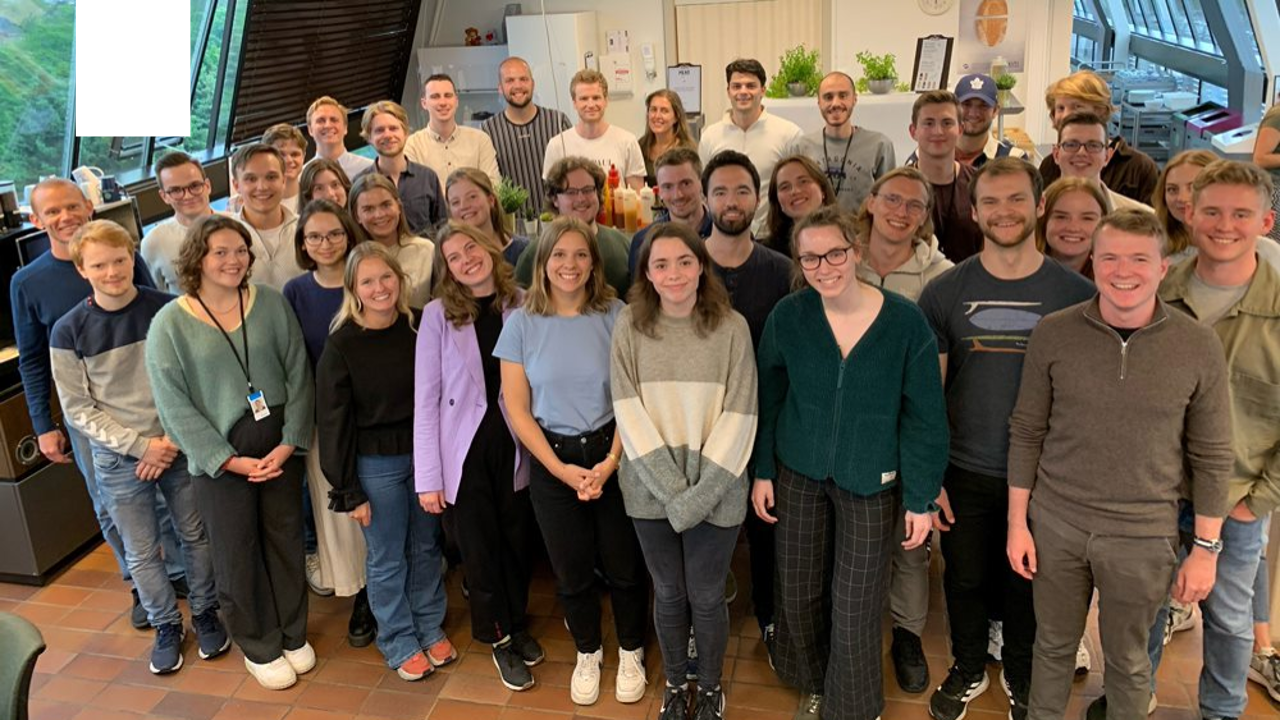
Environmental design
The government established a committee to examine the risks associated with the destruction of nature and how it could impact the Norwegian economy and industry. Senior Research Scientist Atle Harby from SINTEF Energy Research was appointed as a member of the committee.
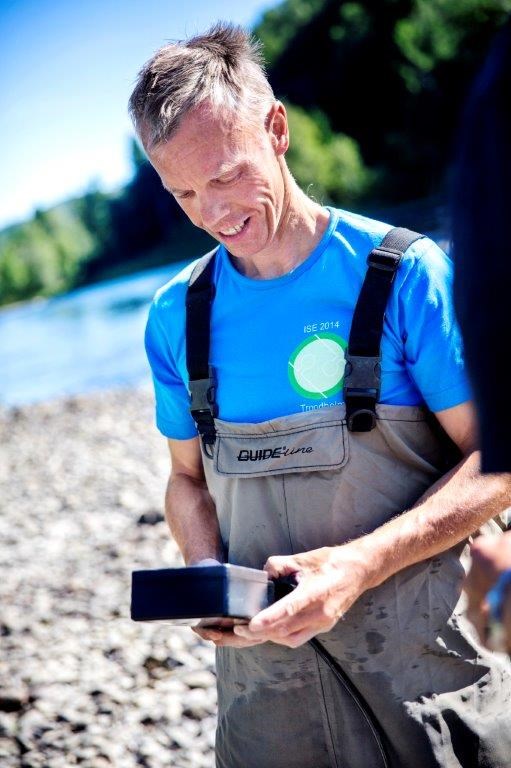
Gustav Lorentzen Conference
Replacing the environmentally harmful HFC gas with CO₂ in cooling and heating systems such as freezers and heat pumps would make a significant contribution to the climate. It could save the planet from half a degree of warming. From 13 to 15 June, 350 researchers from around the world gathered in Trondheim to share knowledge on this topic. The Gustav Lorentzen Conference on Natural Refrigerants is an international conference, held for the 15th time.
CEO Alexandra Bech Gjørv during the opening of the Gustav Lorentzen Conference.
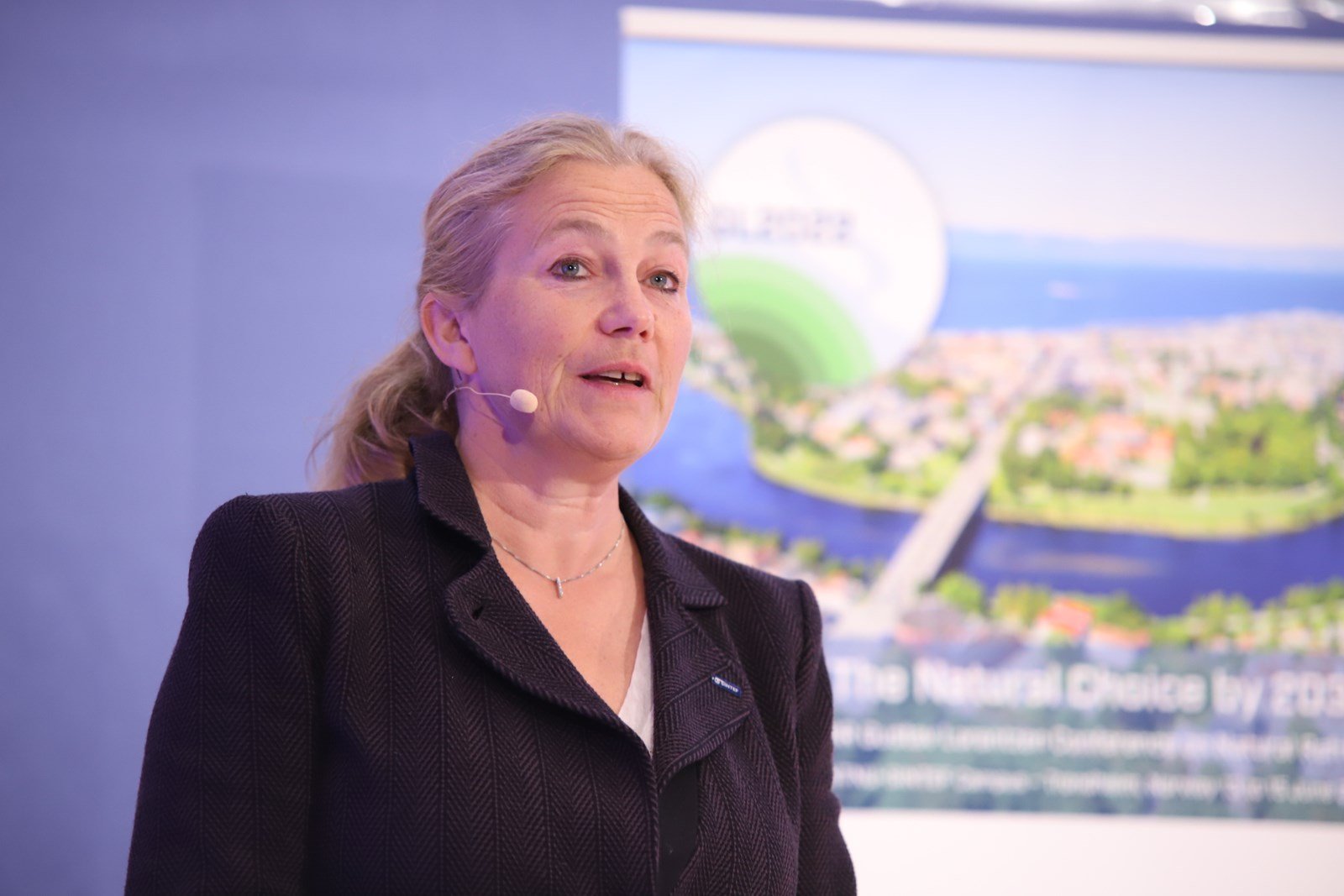
NorthWind visit to Gulen
In June 2022, NorthWind visited Gulen, where the floating wind turbines of Hywind Tampen are being assembled.
Bottom row from left: John Olav Tande, Vigdis Olden, Eirill Bachmann Mehammer, Rita V. D'Oliveira Bouman, Norunn Sæther Myklebust, and Inger Marie Malvik. Second row: Petter Støa, Kjetil Johannessen, Elling Rishoff, and Hans Christian Bolstad. Third row: Trond Kvamsdal, Björn Mo Östgren, Henning Braaten, Audun Johanson, Geir Olav Berg, and Katrine Wyller.
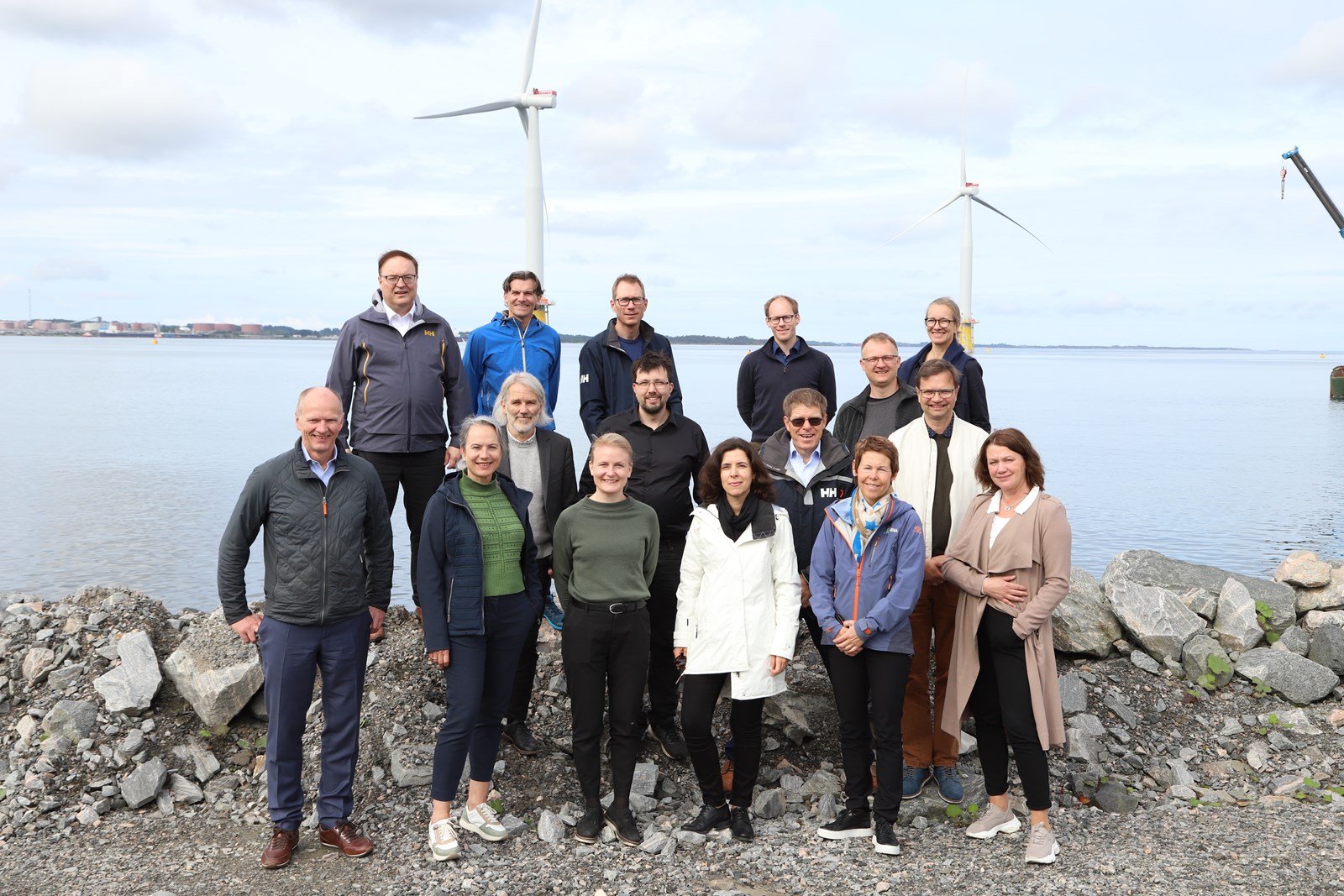
Arendalsuka 2022
During Arendalsuka, SINTEF and NTNU jointly organised an energy-focused event: "The North Sea as a Solution to the Climate and Energy Crisis" (in Norwegian). The North Sea has been a valuable asset for Norway and will continue to be so if we develop knowledge-based and sustainable solutions. SINTEF and NTNU presented three recommendations for how the North Sea can contribute to addressing the climate and energy crises.
NTNU and SINTEF also held a joint event on security of supply during Arendalsuka: "How Vulnerable Is Our Electric Power System?" (In Norwegian) Recordings of both events can be found on sintef.no.
On the left, Stefania Gardarsdottir on stage during our event "The North Sea as a Solution to the Climate and Energy Crisis" at Arendalsuka. We chose to have the event interpreted in sign language to make it accessible to as many people as possible.
About Arendalsuka: Arendalsuka (in Norwegian) should be an annual national arena where stakeholders within politics, society, and business come together with each other and the public for debate and the shaping of policy for the present and the future.
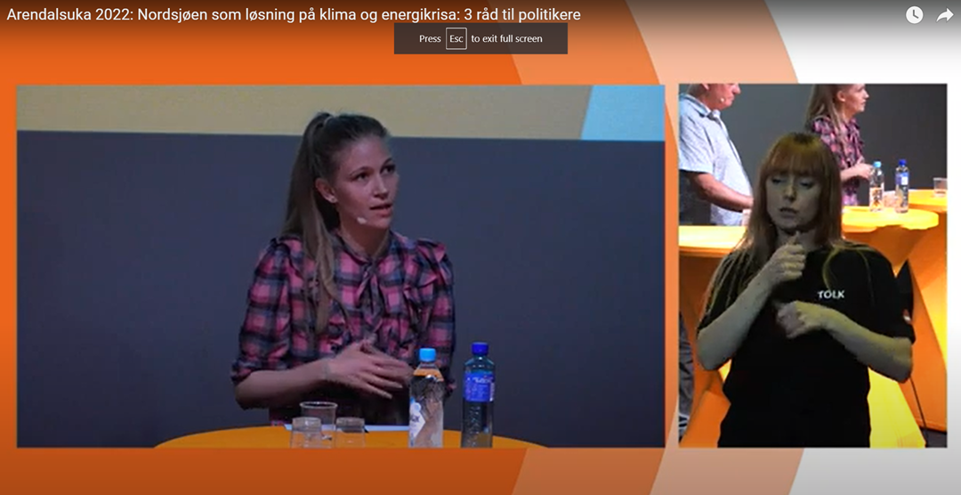
Minister of Petroleum and Energy visited SINTEF Energy Lab
On 24 August, Minister of Petroleum and Energy, Terje Aasland, along with his entourage, visited SINTEF Energy Lab. They were given a tour of the high-voltage and aging laboratories. Research Director Dag Eirik Nordgård explained how the research laboratory is used to test, qualify, and develop critical infrastructure for the energy system.
The group had the opportunity to witness lightning in the laboratory, from a safe distance in the control room, of course. The Minister was also briefed on the status of several research projects, including offshore petroleum well plugging, CCS (Carbon Capture and Storage), offshore wind, a zero-emissions Norwegian continental shelf, and hydrogen.
From the left: Stefania Gardarsdottir, Mona Mølnvik, John Olav Tande, Eli Aamot, Inge Gran, Nils Røkke, Terje Aasland, Lars Sørum, Alexandra Bech Gjørv, Dag Eirik Nordgård, Roar Aas, Oddgeir Kvien, and Erik Bjerrehorn visiting SINTEF Energy Lab.
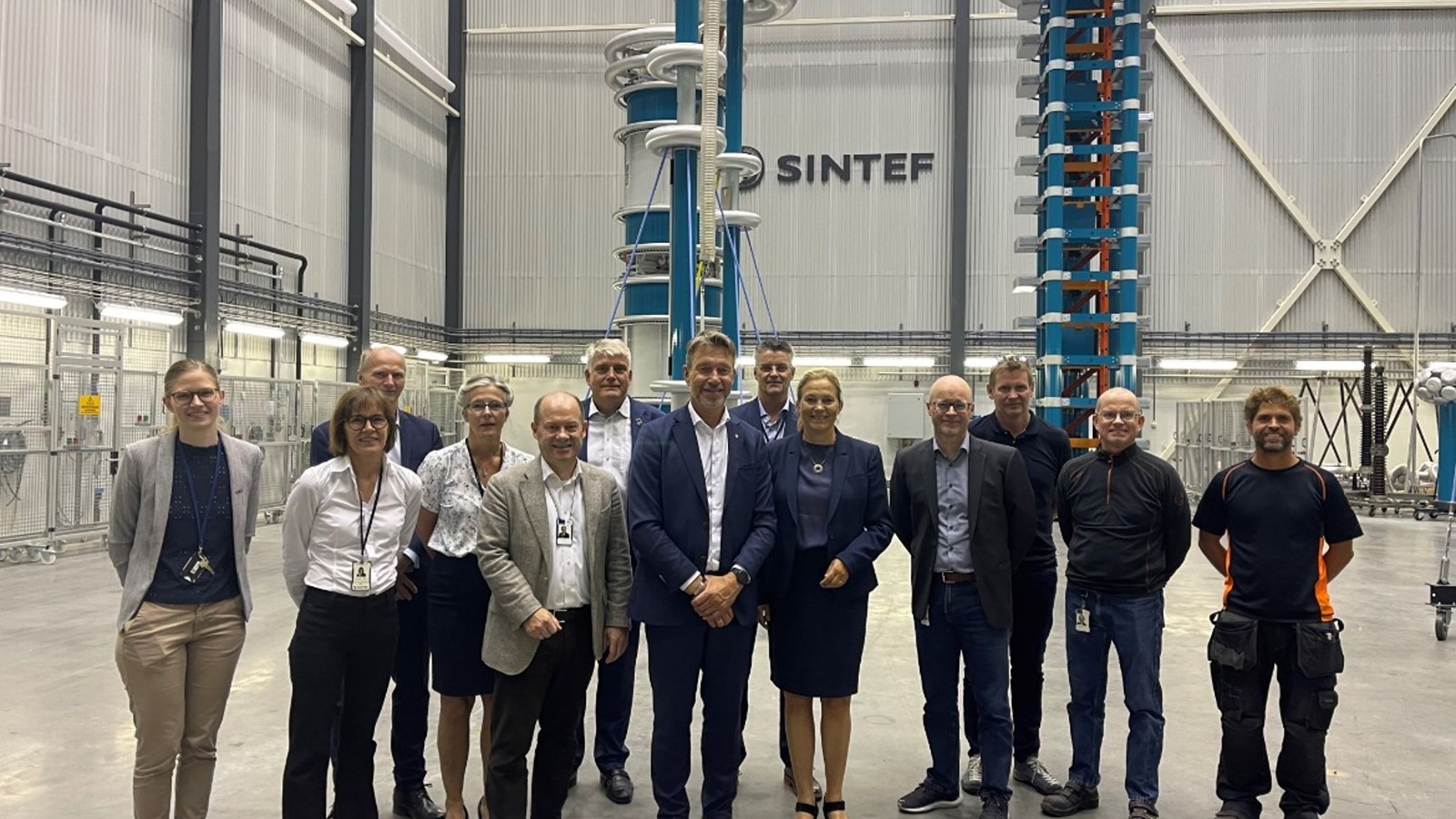
FME NCCS and the status of CCS research in Norway
In August, Research Director and Head of FME NCCS, Mona Mølnvik, delivered a presentation about FME NCCS and the status of CCS (Carbon Capture and Storage) research in Norway to Ricarda Lang, the leader of the Green Party in Germany. Some of the topics discussed included CCS costs, secure storage, and various methods of CO₂ transportation. Mølnvik also highlighted how collaboration is taking place with several key German CCS stakeholders such as Heidelberg Cement and Wintershall DEA.

Kick-off for FME HYDROGENi
On 5 October, HYDROGENi had its official kick-off event in Oslo. HYDROGENi is a Research Centre for Environmentally Friendly Energy (FME) dedicated to research and innovation in hydrogen and ammonia. The goal is to contribute to building a sustainable value chain for hydrogen. HYDROGENi is one of the largest FME centers, with a budget of approximately 530 million Norwegian kroner and over 50 partners from industry and academia. The centre is led by SINTEF Energy and has a duration of eight years, with SINTEF Industri, SINTEF Ocean, and SINTEF Digital also being partners.
From the left: Anne Borg, NTNU, Nils Røkke, HYDROGENi/SINTEF, Rune Volla, Research Council of Norway, Minister of Petroleum and Energy Terje Aasland, Fionn Iversen, HyValue/NORCE, and Pinar Heggernes, UiB.
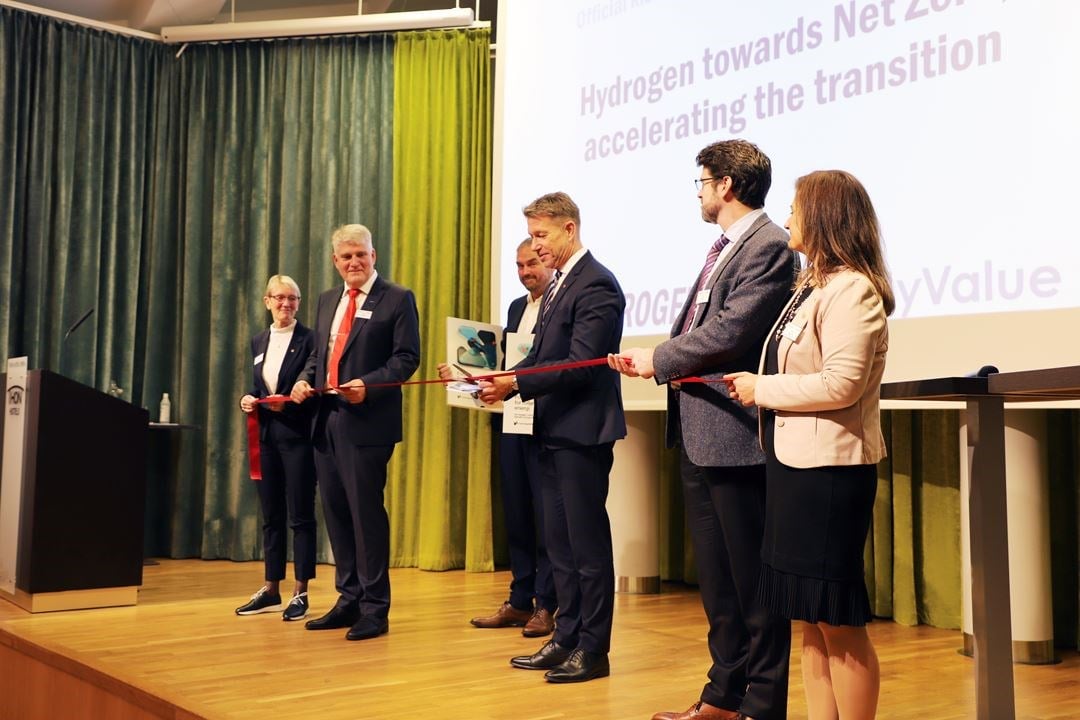
GoNorth Expedition
In October, three SINTEF employees participated in an expedition in the Arctic Ocean on board the research vessel Kronprins Haakon. Senior engineers Frode Leirvik and Thor-Arne Pettersen from SINTEF Ocean collected samples and data on the occurrence of pollution from pharmaceuticals and personal care products in the Arctic.
Daniel Albert from the communications department of SINTEF Energy Research also took part in the expedition, documenting it through images and text. The GoNorth project is led by Gunnar Sand from SINTEF.

COP27
SINTEF participated in the UN Climate Conference, COP27, to share open research and expertise. SINTEF's Director of Sustainability, Nils Røkke, travelled to Egypt, accompanied by several SINTEF researchers specialising in CCS (Carbon Capture and Storage), offshore wind, hydrogen, climate adaptation, digitalisation, biodiversity, and more.
Read more about SINTEF at COP27.
From one of SINTEF's events during the Climate Conference 2022.
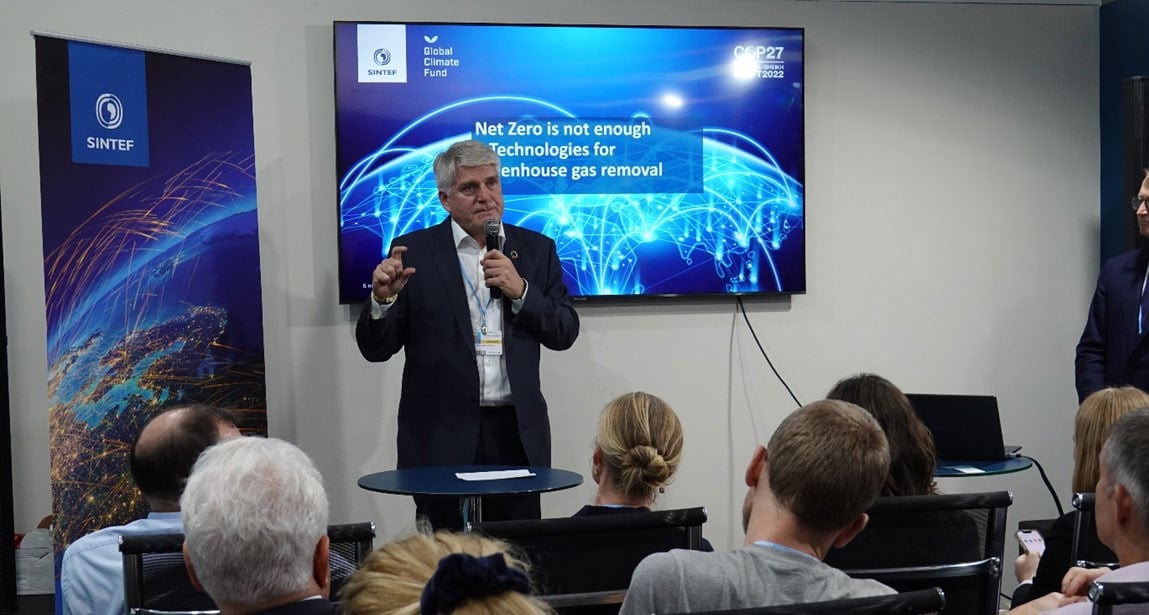
Nils Røkke in Forbes
In his Forbes column in November, Nils Røkke wrote that liquefied natural gas (LNG) from the USA could have a significant impact on future energy prices in Europe.
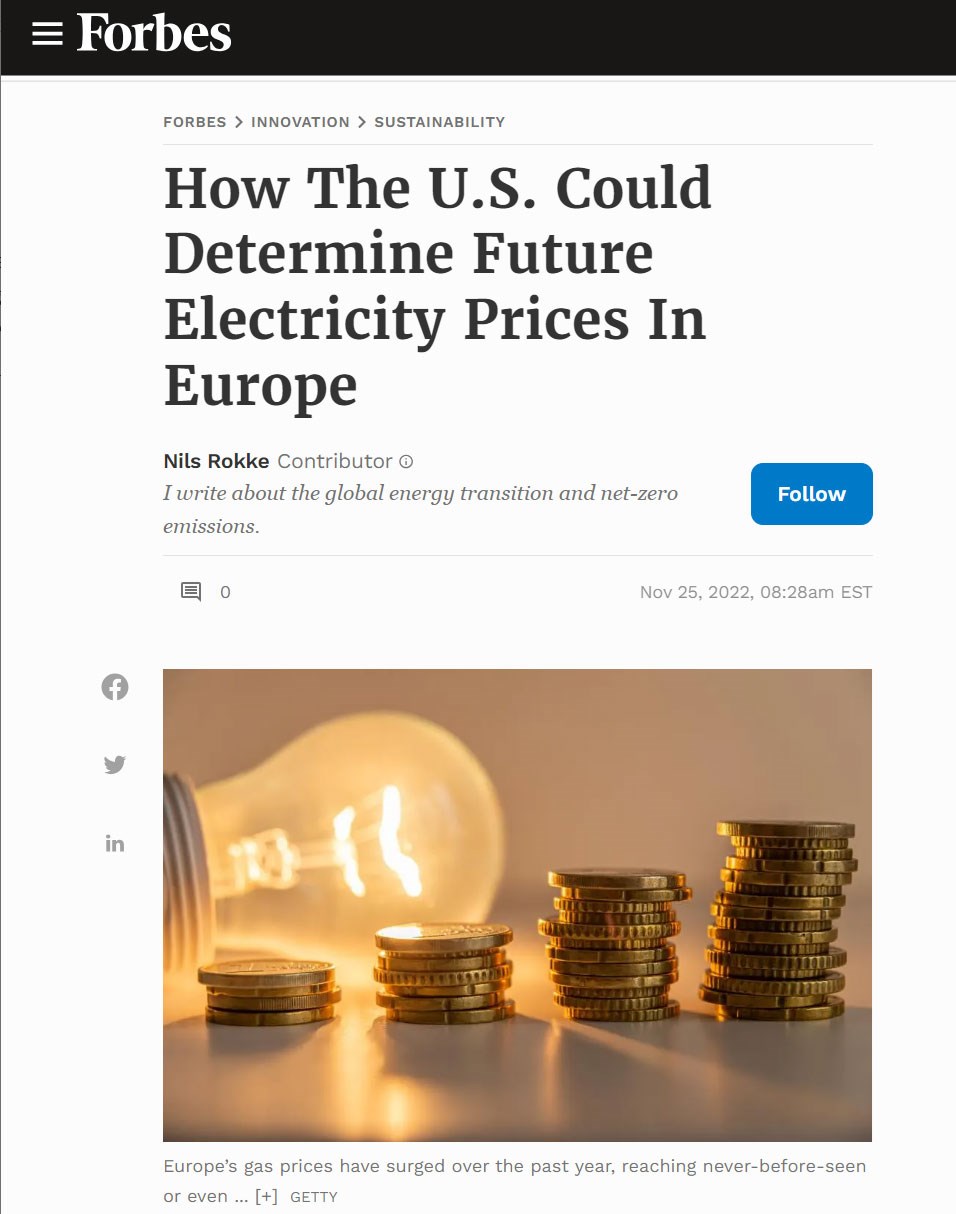
#SINTEFblogg
In 2022, readership of the blog increased by over 44 per cent. A total of over 333,000 readers visited the blog during 2022. The average reading time for the articles also increased by over 27 per cent. This indicates that specialised articles, which delve deeper than other communication channels, engage our target audiences. In December, an article on wood burning stoves titled "The 10 Commandments of Wood Burning Stoves" went viral in the UK and Ireland, attracting over 80,000 readers. This was covered in KOM23, an industry magazine for the communications sector.
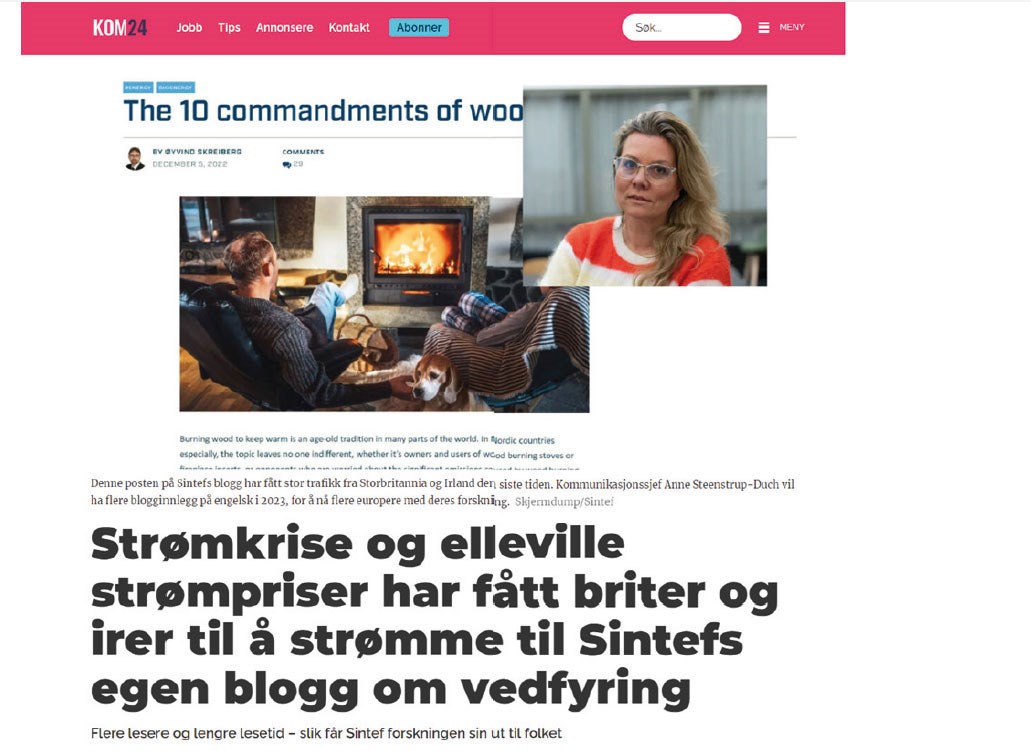
Energy Research Conference
The CEO of SINTEF Energy, Inge Gran, delivered a presentation on energy prices and the energy system at the Energy Research Conference on 6 December, organised by the Research Council of Norway. He discussed why it has been challenging to predict the extreme electricity prices over the past year. He also touched on the concept of the "energy trilemma," emphasising that the future energy system needs to ensure high supply security, consider climate and environment concerns, all while maintaining a reasonable cost.
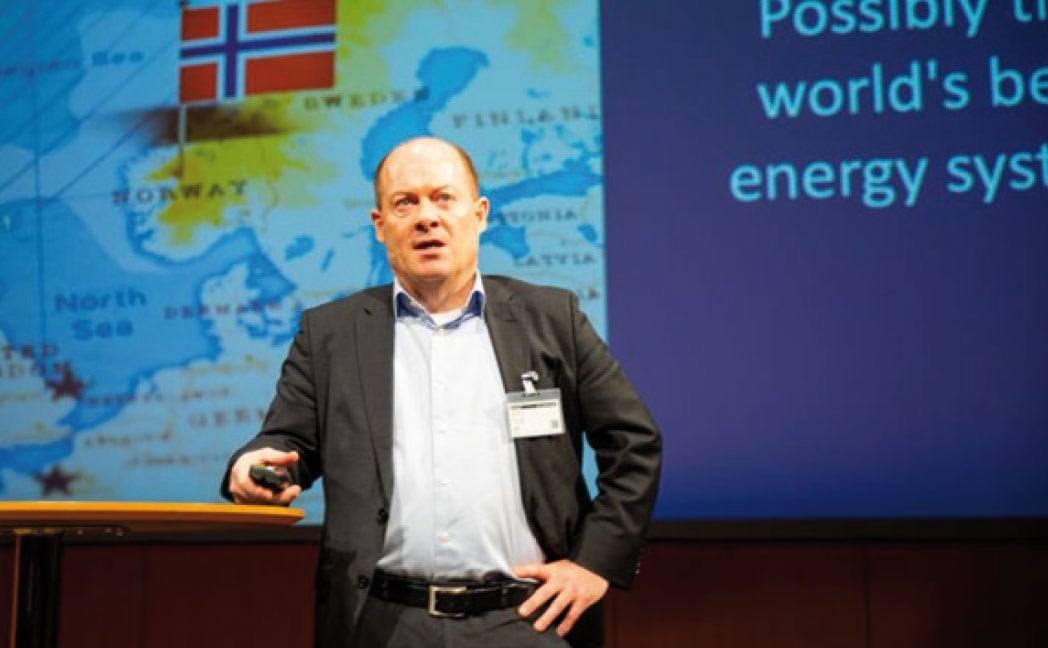
SINTEF Energy and the Sustainable Development Goals
Our strategy and activities are guided by the UN’s 17 Sustainable Development Goals (SDGs), and 95% of SINTEF Group’s turnover in 2022 can be linked to specific sustainability targets. SINTEF Energy Research mainly contributes to:
Affordable and clean energy
Our research helps achieving a low carbon footprint and high security of supply for various energy solutions, as well as their efficiency and economic viability. The majority of our research projects contribute to achieving Goal 7.

Climate action
If we are to avoid significant climate change, we must limit the increase of the average global temperature to 1.5 °C.
We contribute to Goal 13 by developing technology to reduce emissions, and new, sustainable energy solutions to replace less environmentally friendly ones.
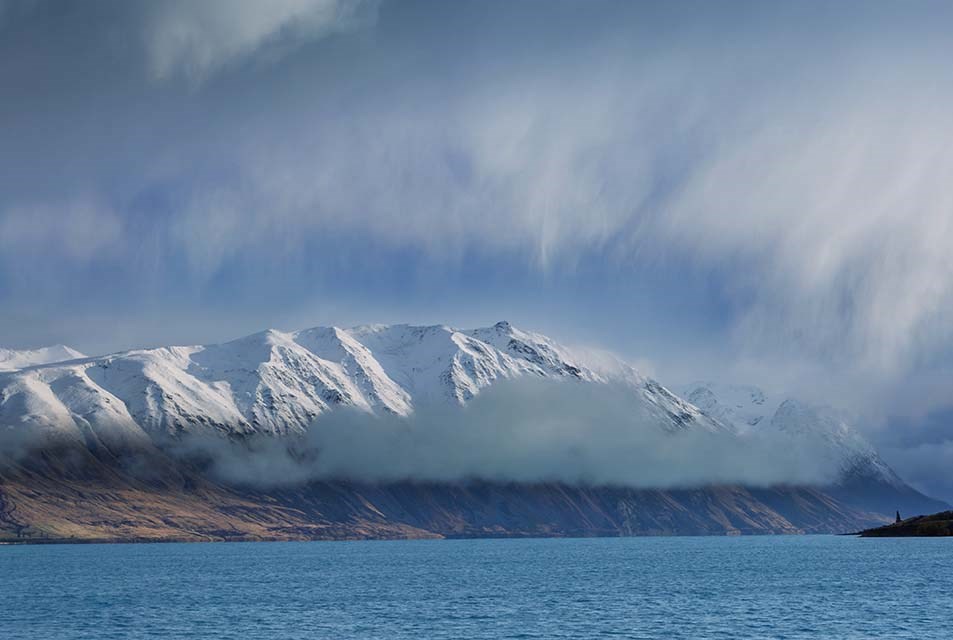
Industry, innovation and infrastructure
Energy infrastructure, both onshore and offshore, are key for functioning, robust societies. Many of our projects contribute to building solid infrastructure as well as more innovative business activities. We have numerous projects that contribute to sustainable industrialisation by developing energy-efficient solutions.
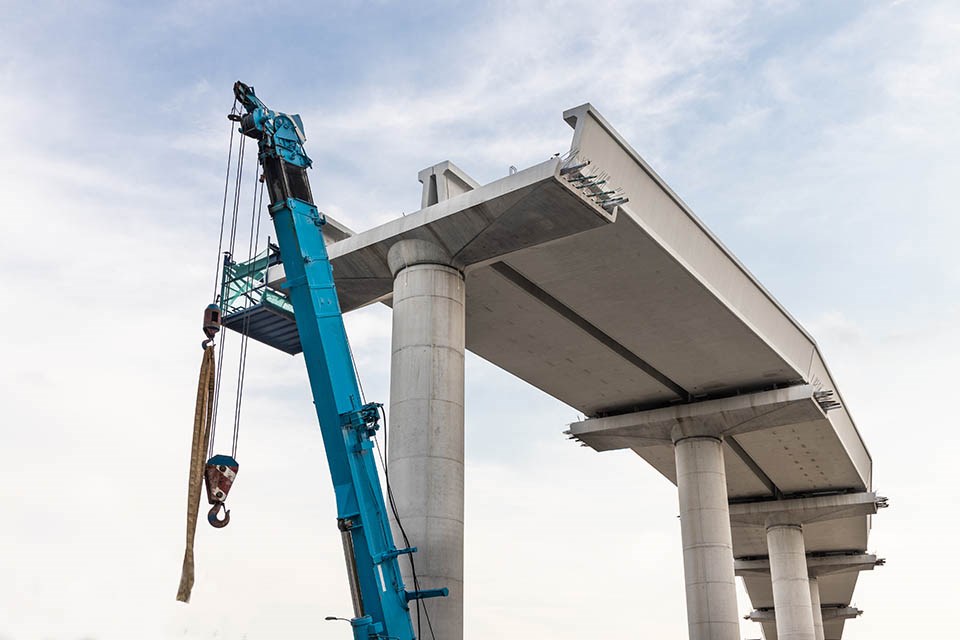
Sustainable cities and communities
SINTEF Energy Research works on smart cities and low-emission transport. We work, through our research, on developing sustainable neighbourhoods that do not emit greenhouse gases, and we are creating solutions for secure and zero-emission transport using various energy carriers.

Life on land
SINTEF Energy Research works with energy solutions that safeguard the natural world. In particular, we have extensive experience with this through our work with hydropower.

SINTEF Energy Research has clients and projects all around Norway and the world.
SINTEF Energy Research has a significant international research activity, particularly in Europe.
SINTEF Energy Research leads six national research centres contributing to the Sustainable Development Goals.
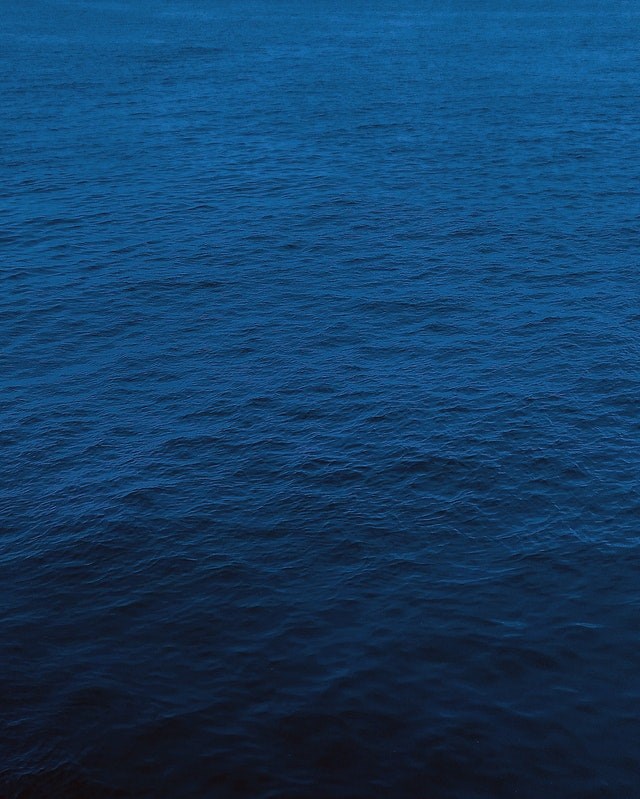
FME NorthWind
NorthWind will contribute to Norway’s profitable export of wind energy, new green jobs, and wind power that respects both nature and people.
The centre consists of over 40 Norwegian business partners in addition to research partners SINTEF, NTNU, NINA, NGI and UiO.
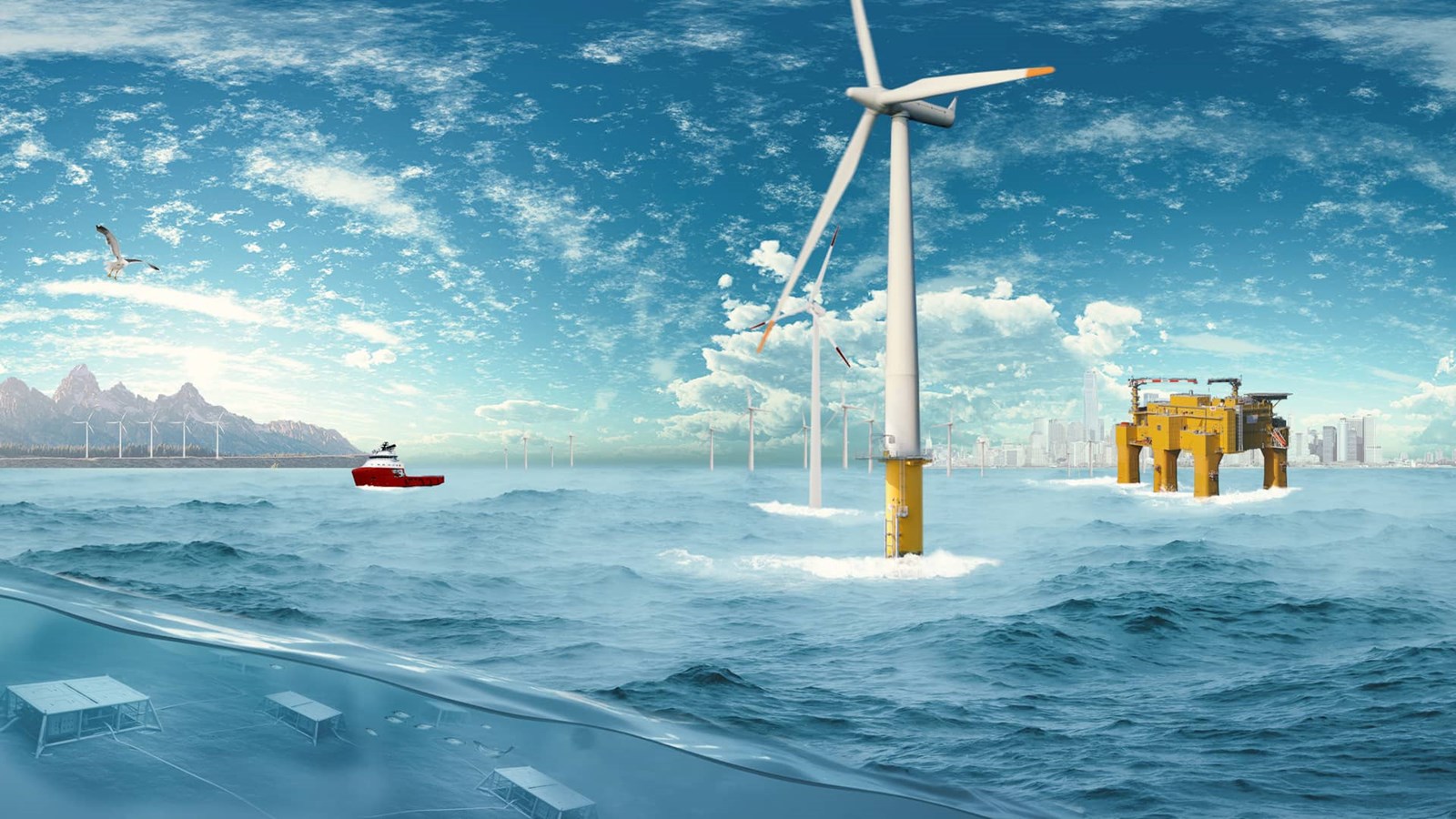
FME HYDROGENi
Hydrogeni, launched in October 2022, is dedicated to research and innovation in the fields of hydrogen and ammonia. The goal is to contribute to a sustainable value chain for hydrogen. HYDROGENi has over 50 partners from industry and academia. The centre is led by SINTEF Energy Research and will operate for eight years. HYDROGENi is set to establish the largest academic research programme ever in an FME by educating 35 PhD/postdoc students and over 100 bachelor's and master's candidates.
HYDROGENi is led by SINTEF's Director of Sustainability, Nils A. Røkke.

FME NCCS
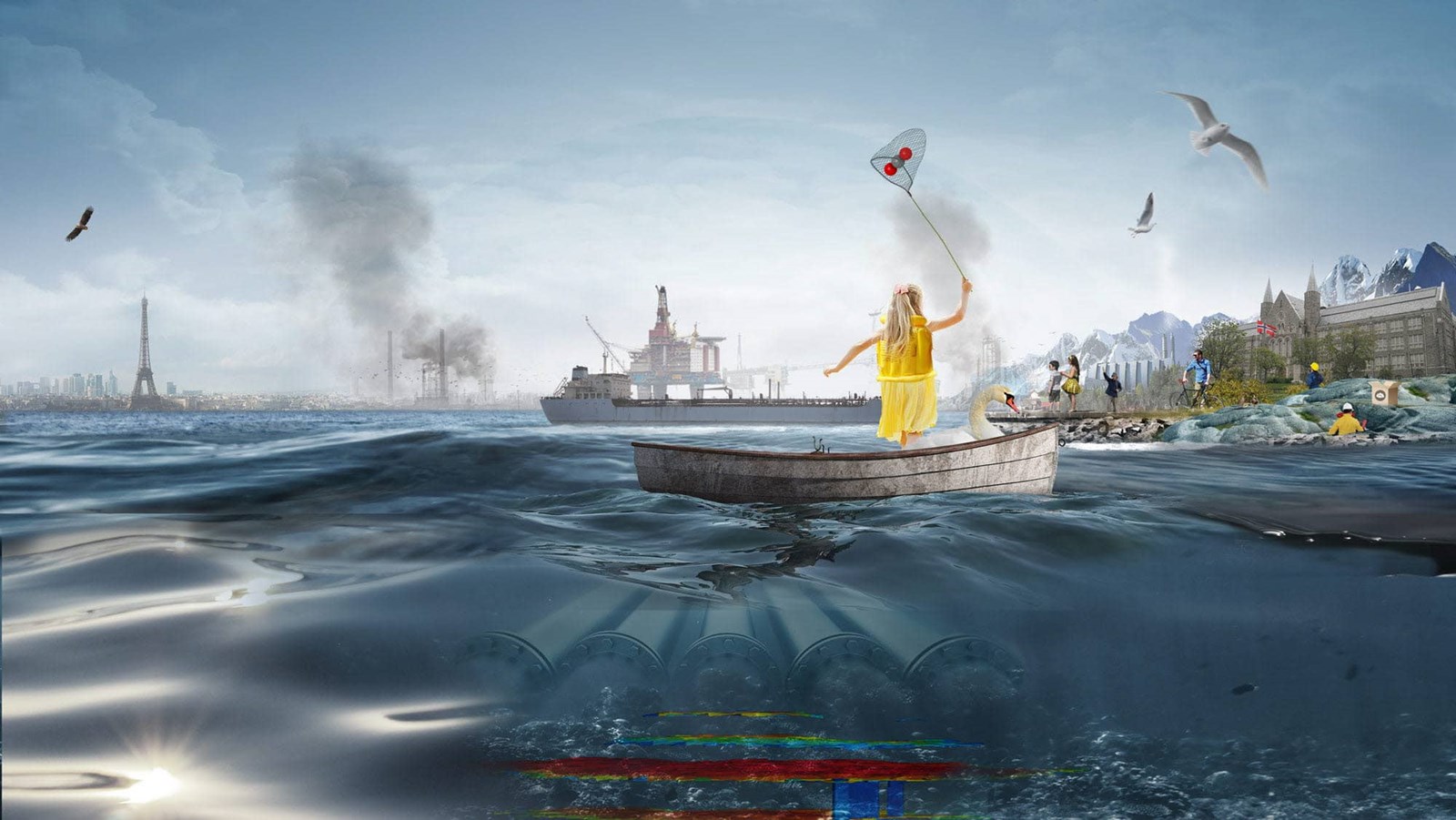
FME HighEFF
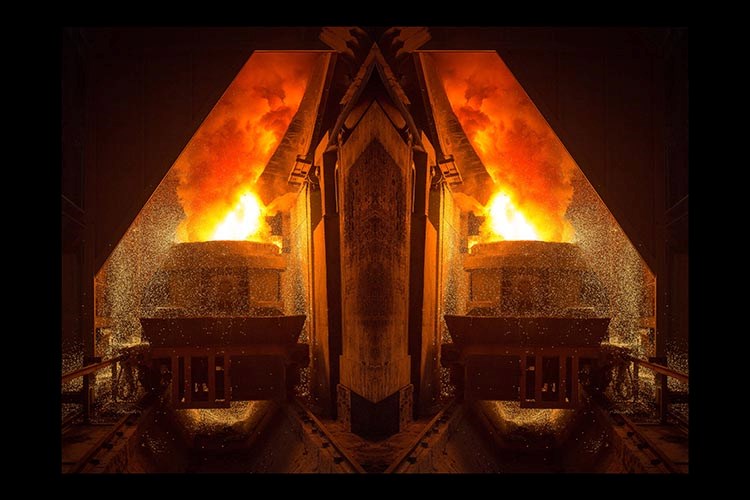
FME CINELDI
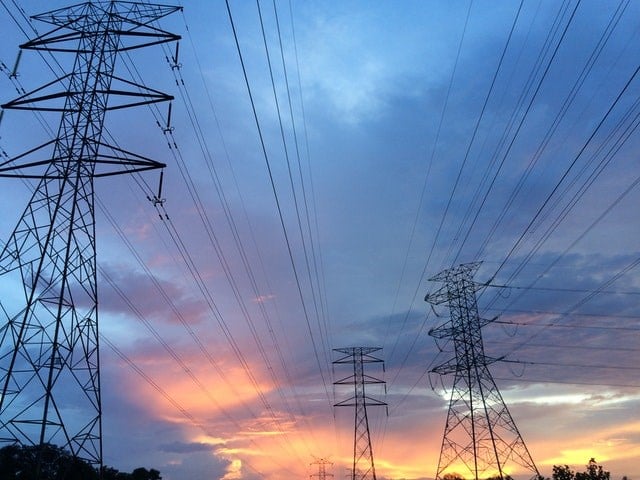
LowEmission
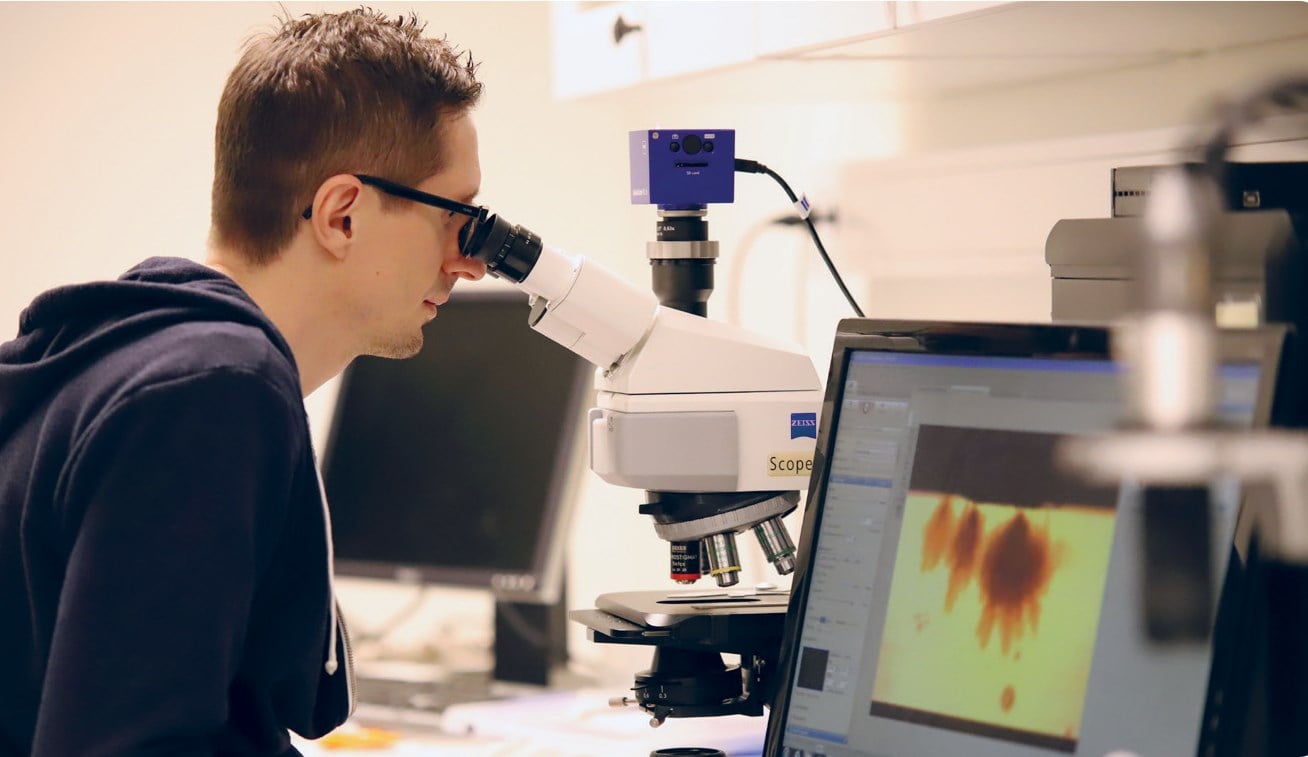
Key numbers
Net operating income (NOK)
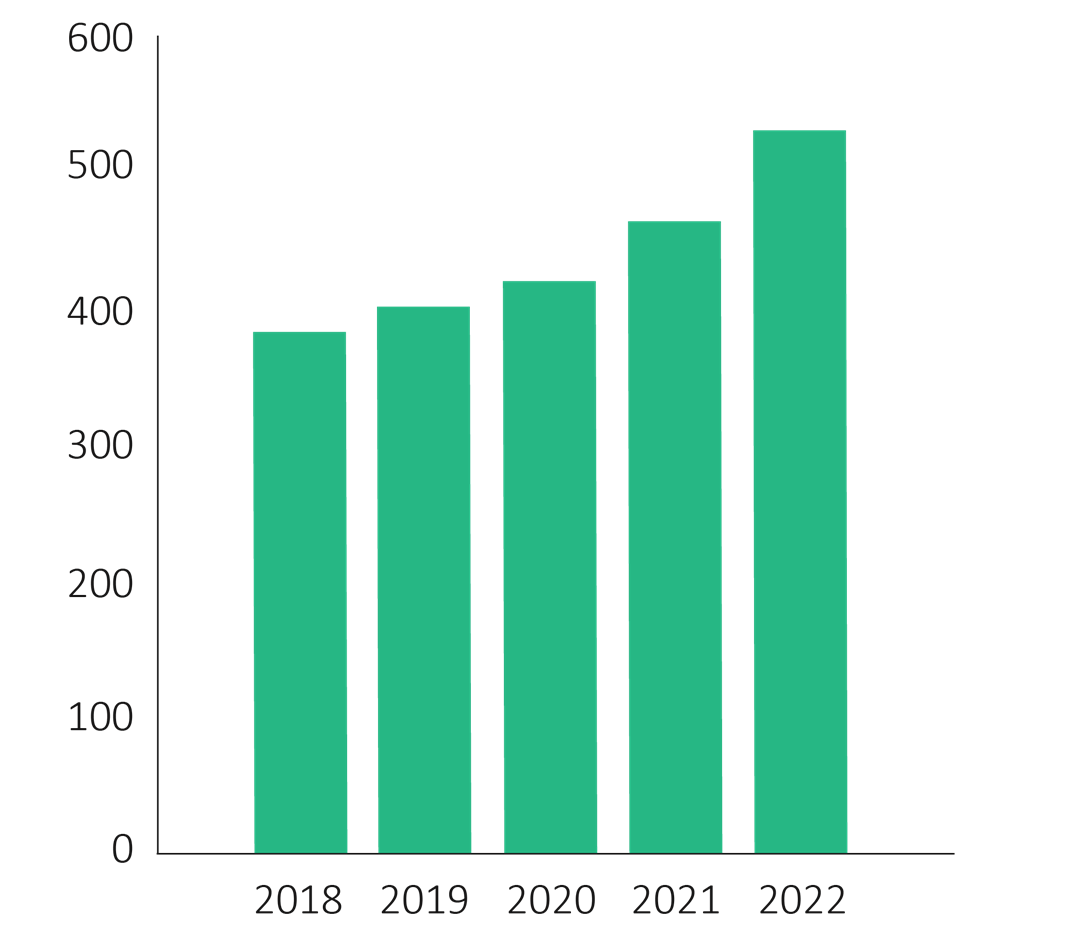
Net operating margin
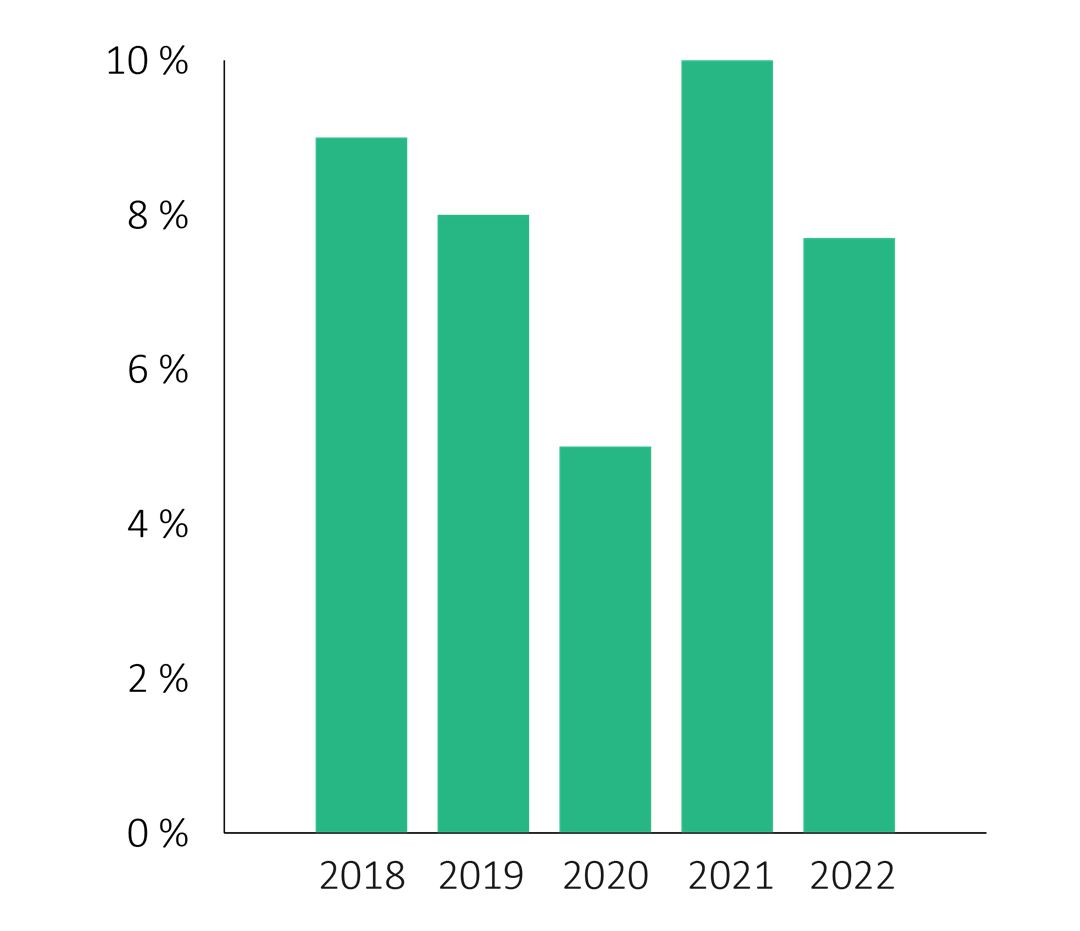
Profits are invested in new knowledge creation
SINTEF Energy Research's profits are invested in laboratories, scientific equipment, facilities and the development of new knowledge. This represents an investment of NOK 299 milllion over the last ten years.
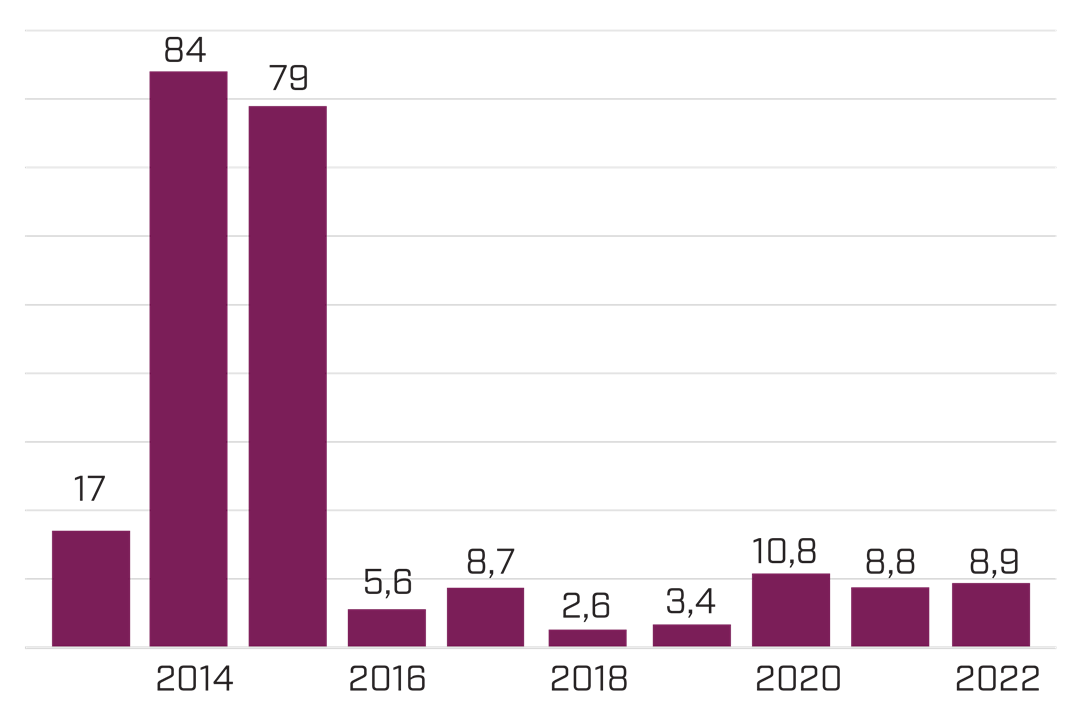
Financial sources (% of gross net operating income)
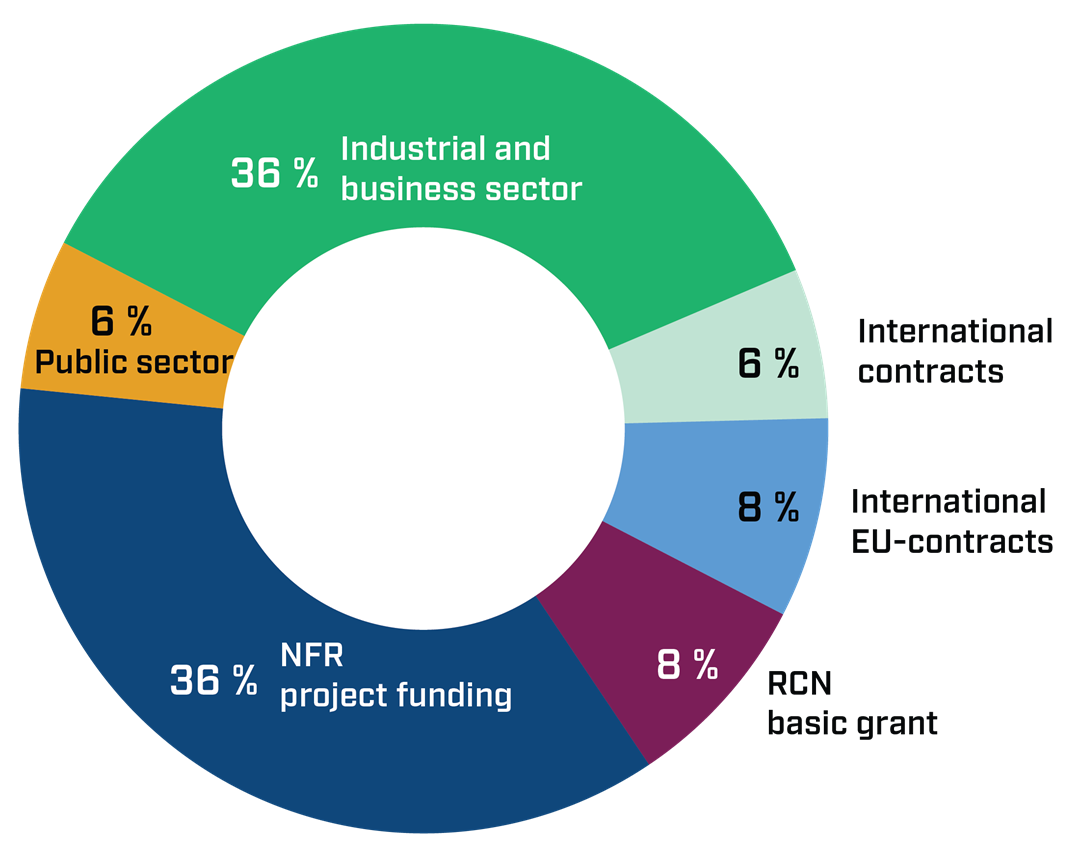
Employees (2022-12-31)
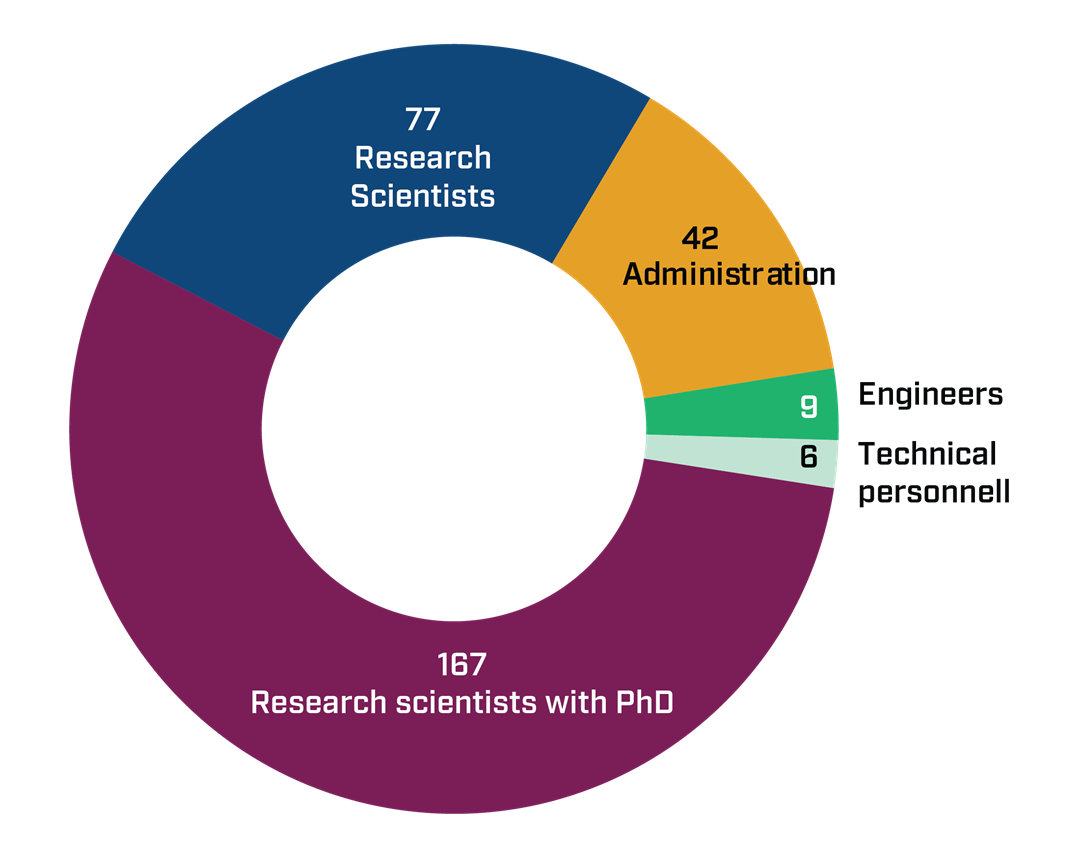
Publications
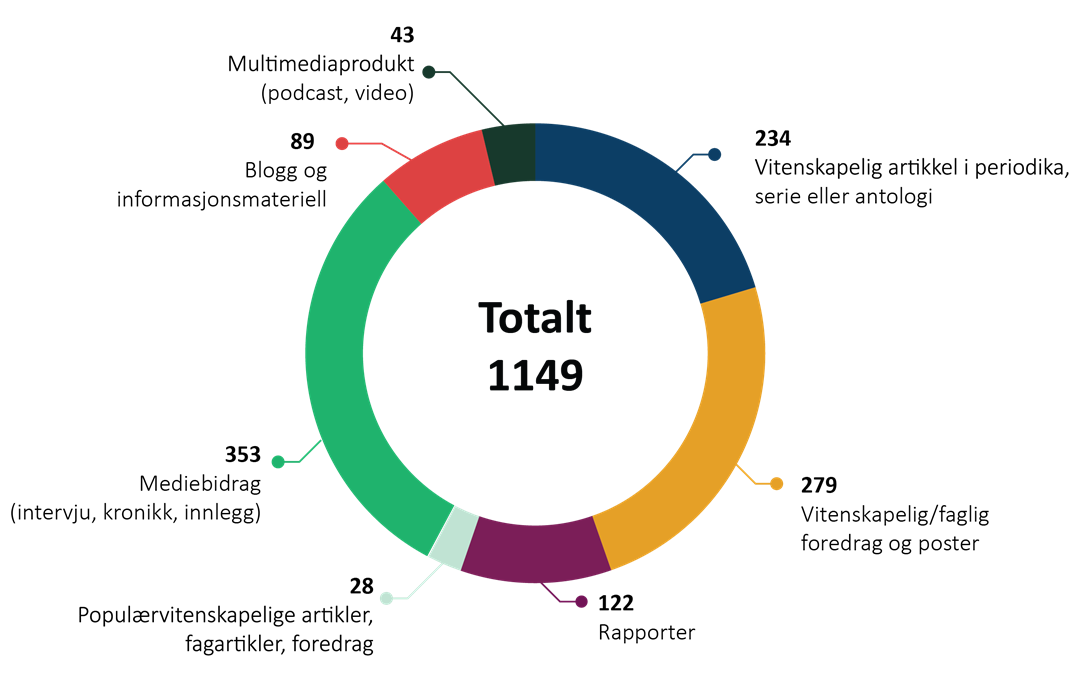
Like the rest of the academic and research institute sector, SINTEF Energy has observed a decline in scientific publishing in 2022.
The outcome is higher than that of 2020, and 2021 stands out with the highest number of publications from our research scientists.
Scientific publishing is crucial to ensure that research maintains a high international quality. SINTEF's goal is to achieve at least one scientific publication per full-time researcher equivalent. In 2022, SINTEF Energy reached this goal, with 1.07 publications per full-time researcher equivalent.
